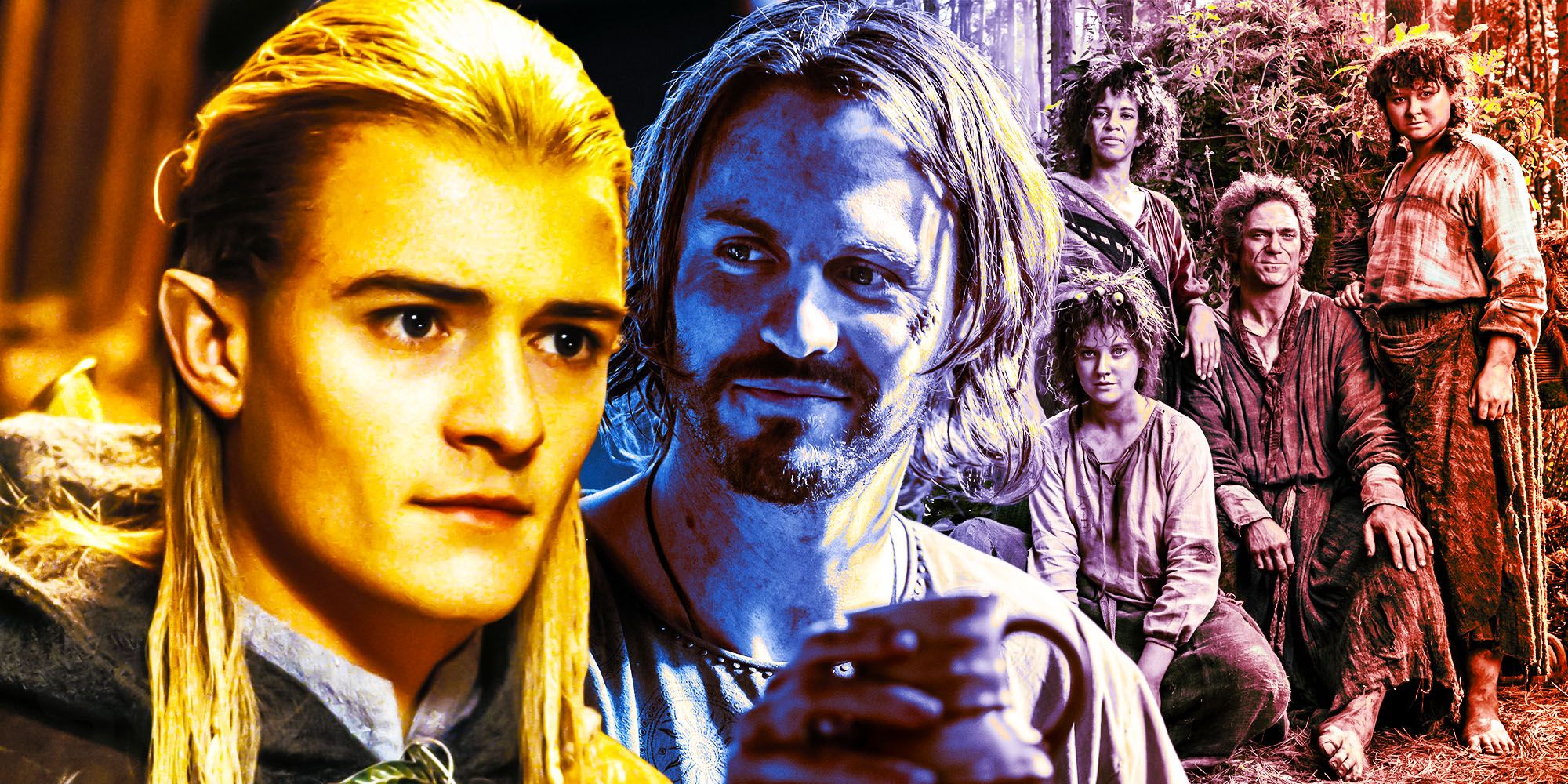
Middle-earth’s map in The Rings of Power is quite different to the one Frodo and his Fellowship crossed in The Lord of the Rings. Set more than 3000 years earlier, The Rings of Power‘s Second Age geography offers some familiarity — but only some. Many kingdoms in The Rings of Power have fallen by the time The Lord of the Rings begins; some kingdoms in The Lord of the Rings are just twinkles in the eyes of their founders when The Rings of Power begins. Exploring the key locations on The Rings of Power map, however, shows how Middle-earth became the land viewers know from LotR and The Hobbit.
Valinor Lies To The West
Home To The Powerful Valar And Maiar
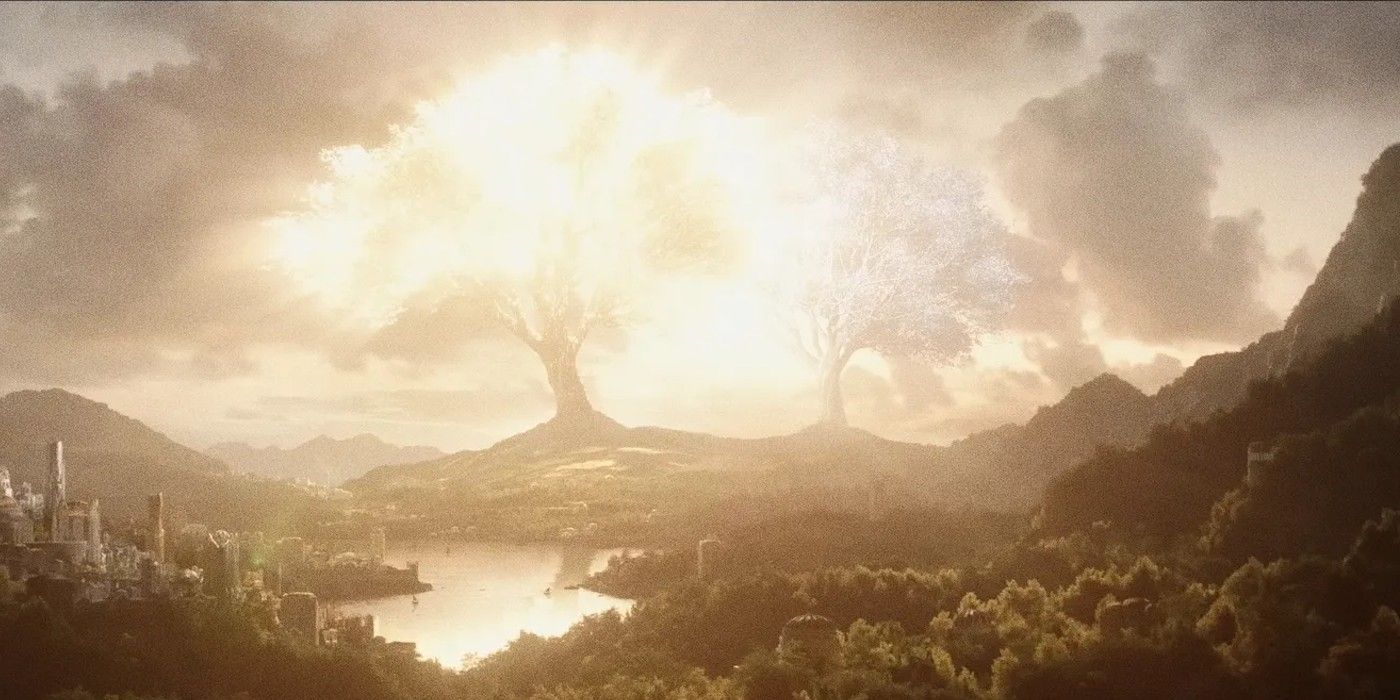
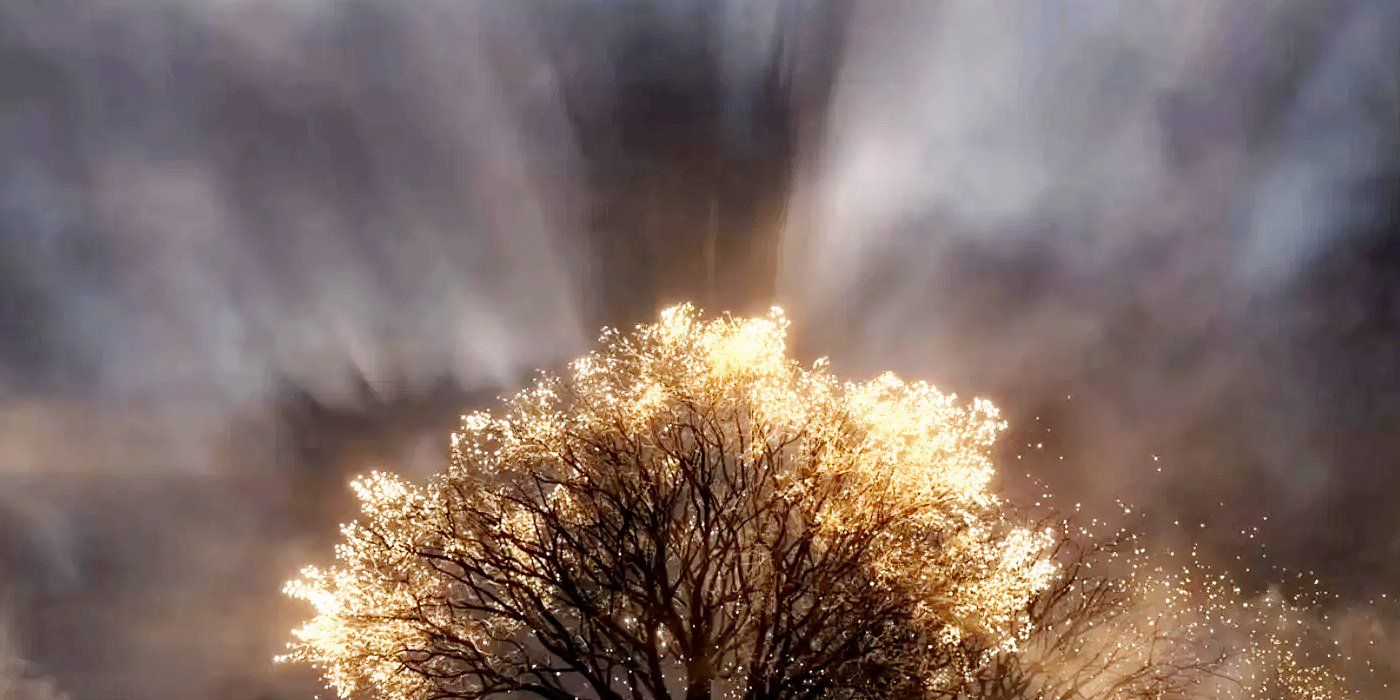
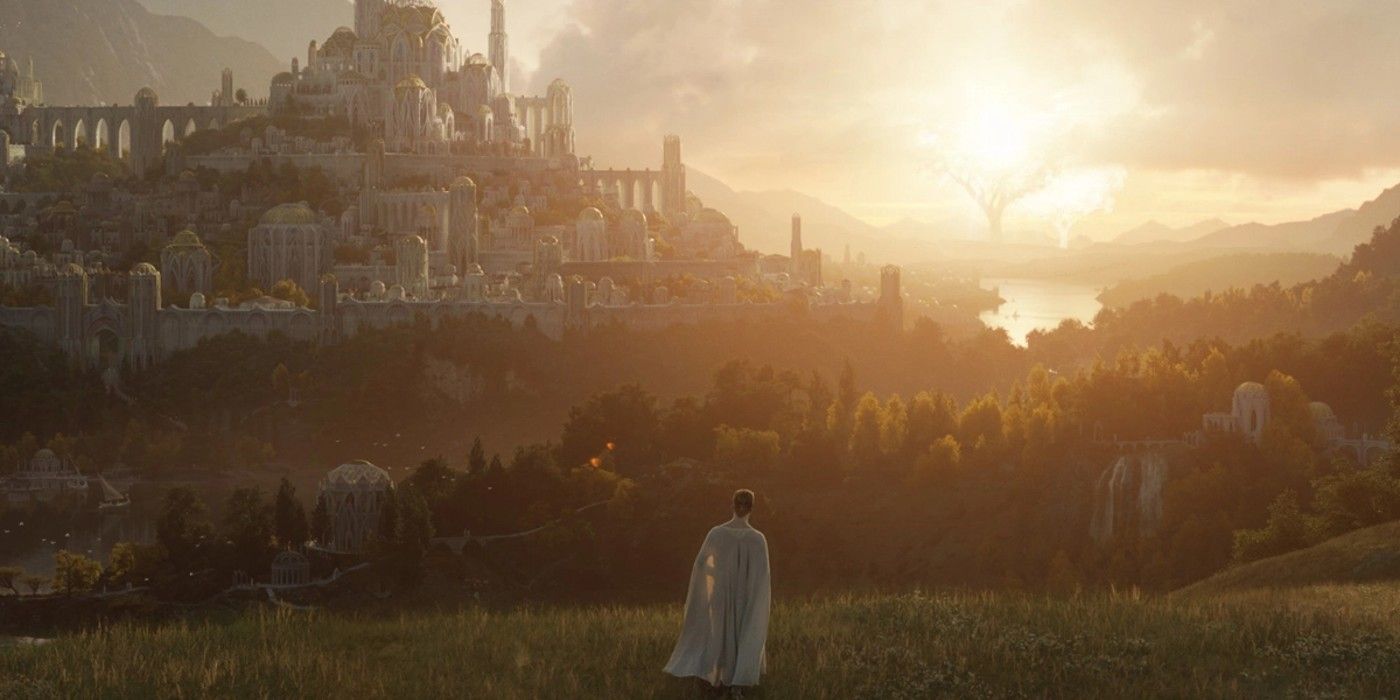



Far to the west of Middle-earth, across the Sundering Seas, lies Valinor – the Undying Lands. This blessed realm is where the Elves are migrating in The Lord of the Rings, and where Frodo’s story ultimately ends. During The Rings of Power‘s Second Age, Valinor could be found by simply sailing west, although those who arrived uninvited (a feat in itself) wouldn’t get very far unless their presence could be justified. Valinor made itself less accessible ahead of The Lord of the Rings‘ Third Age era, and only a specific route known to a precious few would lead there.
Valinor is home to the powerful Valar and Maiar – the angels of Tolkien’s mythology – as well as the Elves who remained behind rather than departing for Middle-earth. Originally boasting the Two Trees of Valinor, these prized trunks were destroyed by Morgoth long before even The Rings of Power. Nevertheless, Valinor’s divinity and heavenly qualities bestow peace and lightness upon all those who dwell there.
Númenor Sits Between Valinor & Middle-earth
Aragorn And Boromir Are Númenorean Descendants
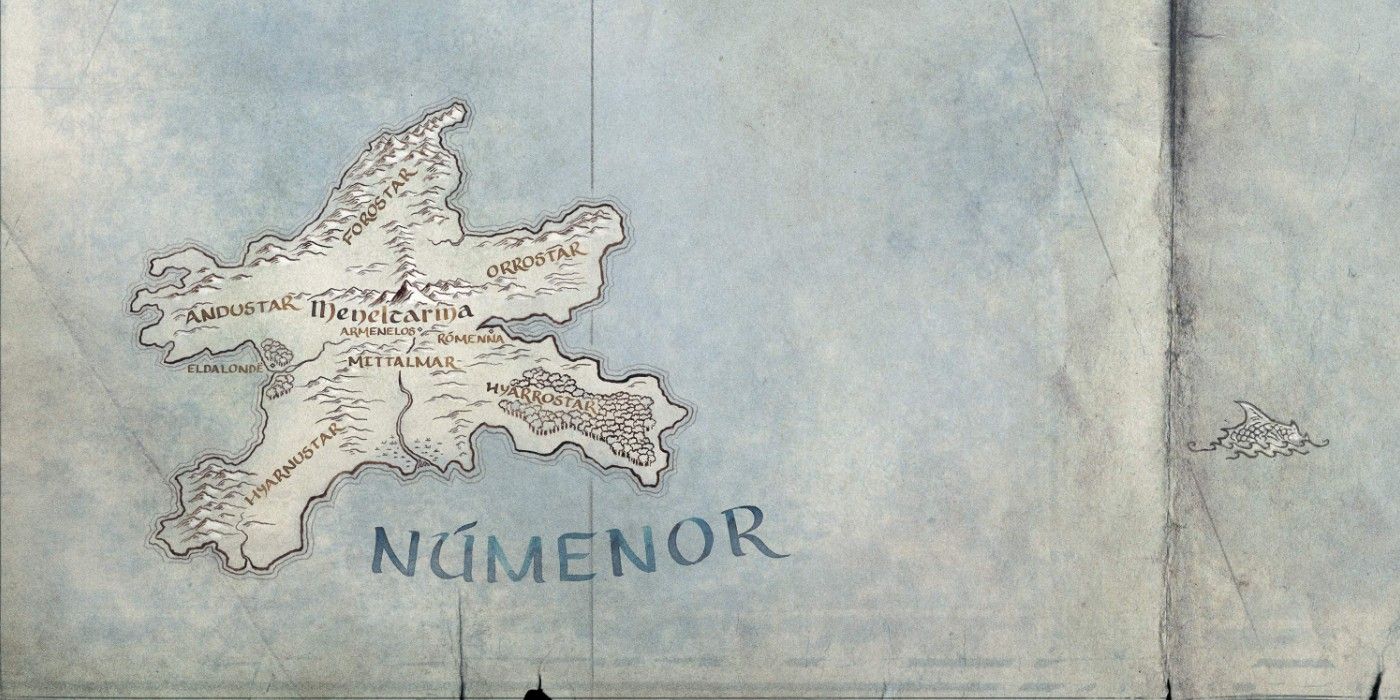
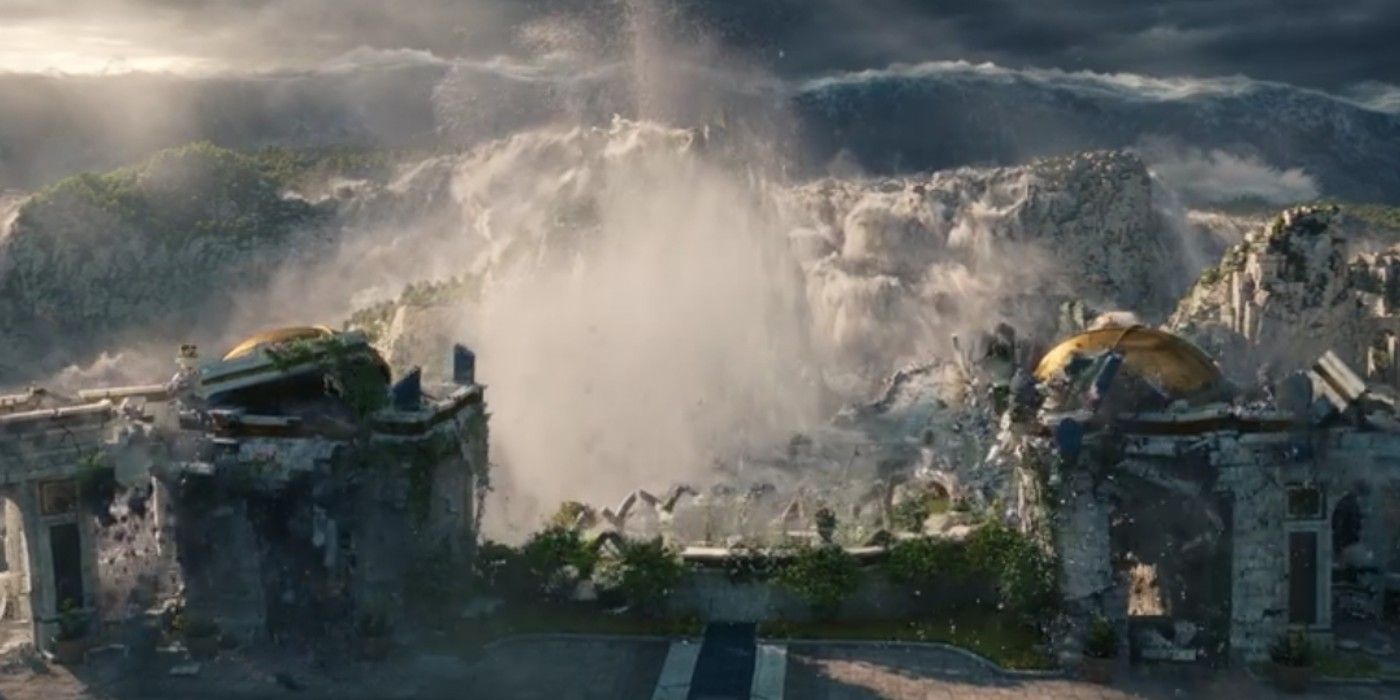
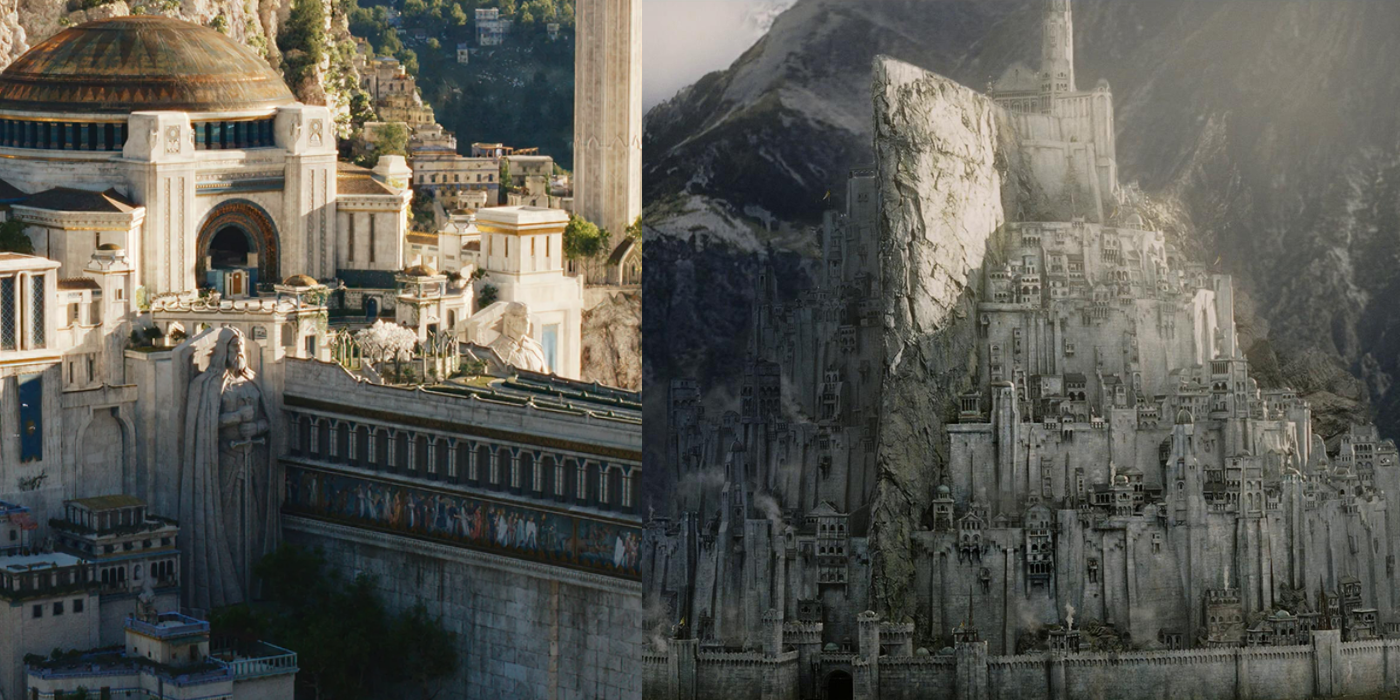



Sitting in the vast expanse of water between Valinor and Middle-earth is Númenor. The Valar raised this star-shaped lump from the ocean as a gift to men who helped fight Morgoth in the First Age. The folks in Númenor are blessed with longer-than-usual lifespans and have developed a vast, powerful civilization rich in architecture, culture and skill.
The Númenoreans are permitted to sail eastward toward Middle-earth, and establish a permanent presence in their ancestors’ homeland (whether they’ve started doing so in The Rings of Power remains to be seen) but are banned from making their way west toward Valinor. For those wondering why the Númenoreans didn’t lend a hand destroying the One Ring, the island is decimated long before The Lord of the Rings begins. Aragorn and Boromir are both Númenorean descendants.
North-Western Middle-earth: Lindon & Eriador
Where Early Hobbits Settled To Establish The Shire
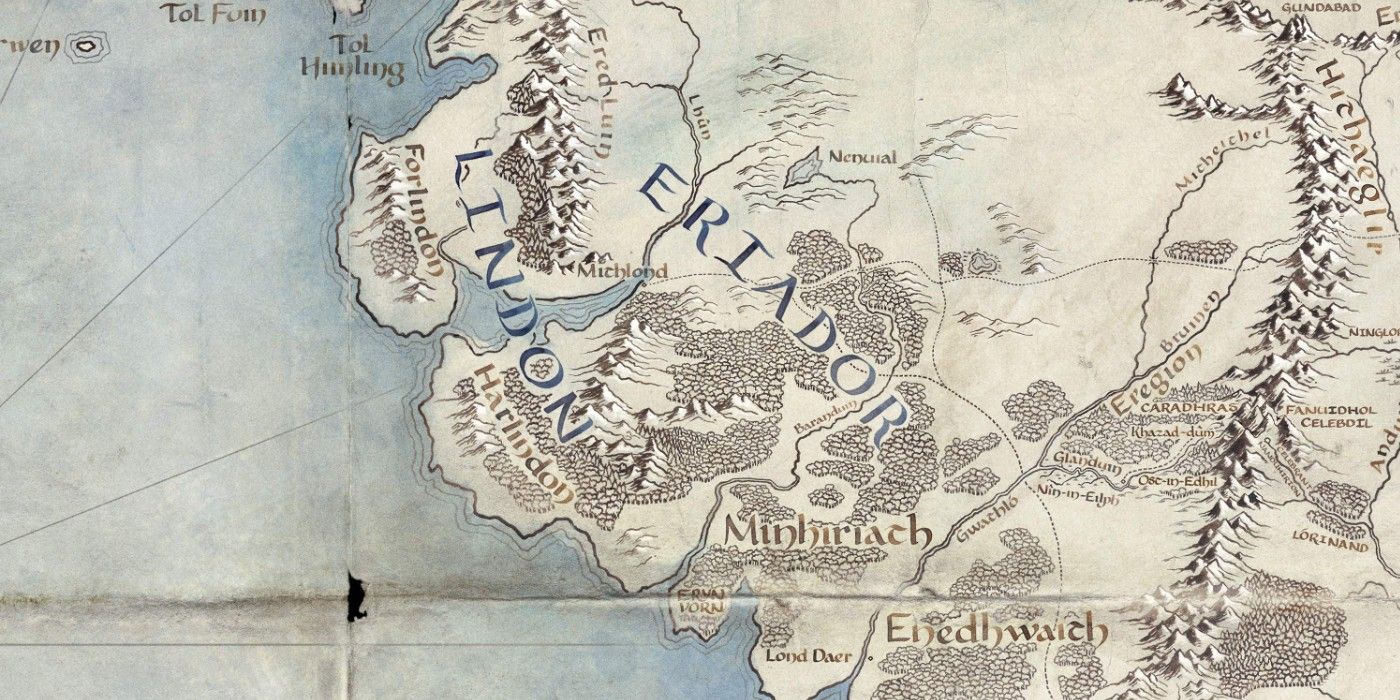
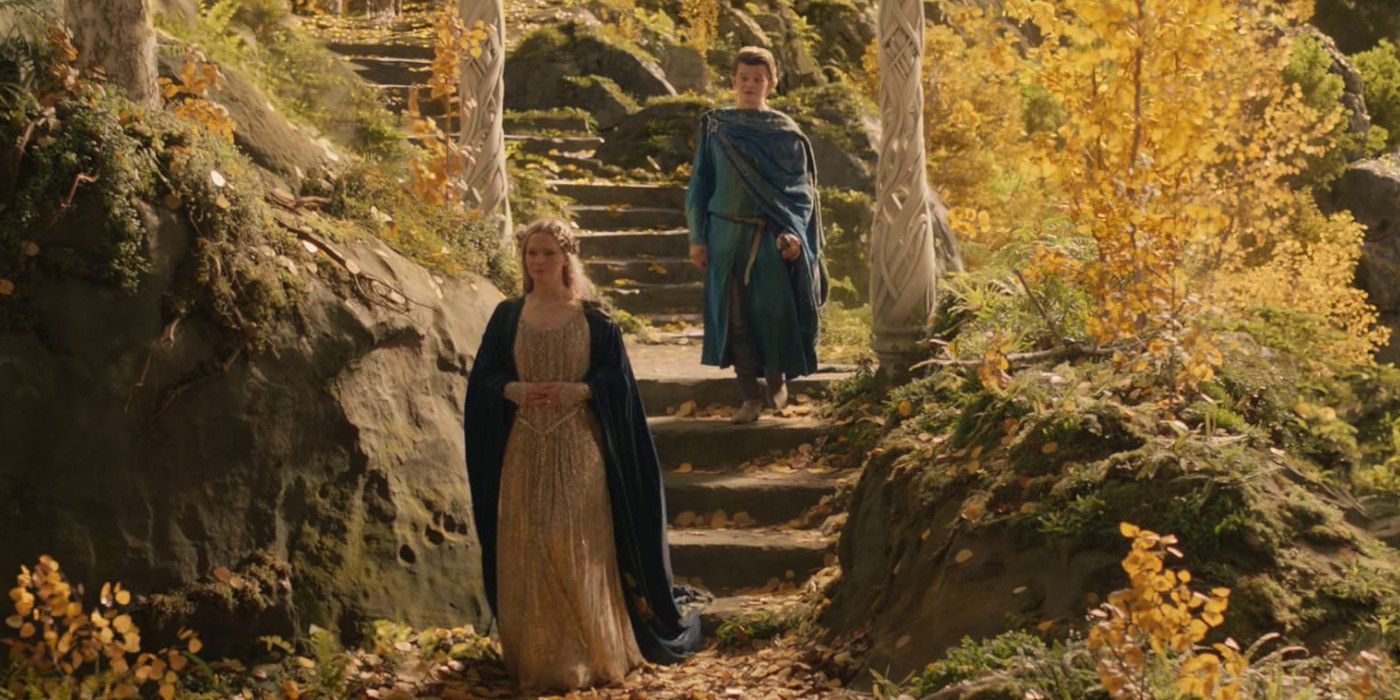
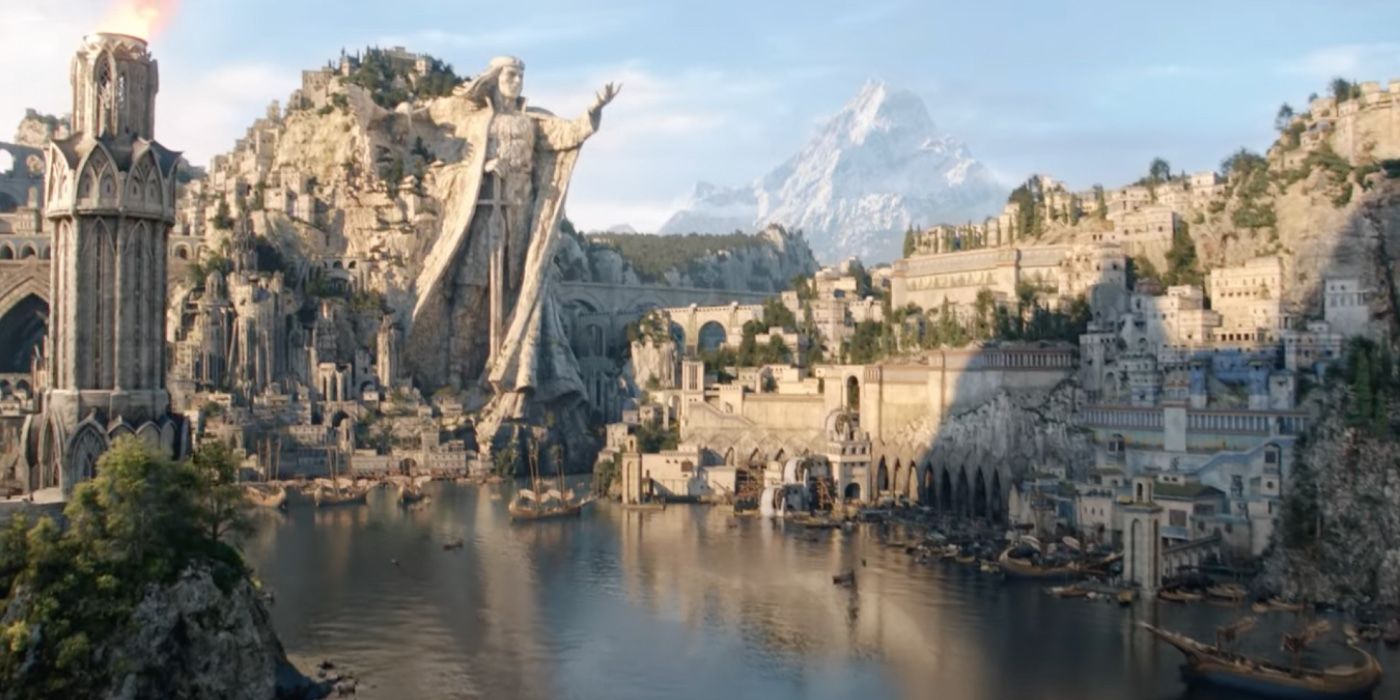



To the west of Second Age Middle-earth are two great provinces. On the shoreline sits Lindon, de facto capital of the Elven race and home to High King Gil-Galad, who spent the Second Age’s early days founding this wondrous realm. A great many elves call Lindon home in The Rings of Power, and among the most populous regions (albeit bordering Eriador also) is the Grey Havens overseen by Círdan the Shipwright.
This is where any elf making the trip to Valinor must depart, and remains so even when Frodo sails there in The Lord of the Rings. Though Lindon still exists during Frodo’s era, its importance and size is diminished by the seismic aftereffects of Númenor’s downfall, as well as Gil-Galad’s death.
Thus the region serves as the primary setting for The Fellowship of the Ring
Eastward over the Blue Mountains, the region of Eriador begins proper. A land of lush plains, grassland and rolling hills, Eriador isn’t as significant to The Rings of Power as it is The Lord of the Rings. In the centuries after Amazon’s timeline begins, Eriador plays host to Elrond’s Rivendell and the kingdom of Men known as Arnor, before a period in darkness thanks to the Witch-king of Angmar. Eriador is also where early hobbits settled to establish the Shire, and thus the region serves as the primary setting for The Fellowship of the Ring.
Elves In Eregion & Dwarves In Khazad-dûm
Where Rivendell Was Born
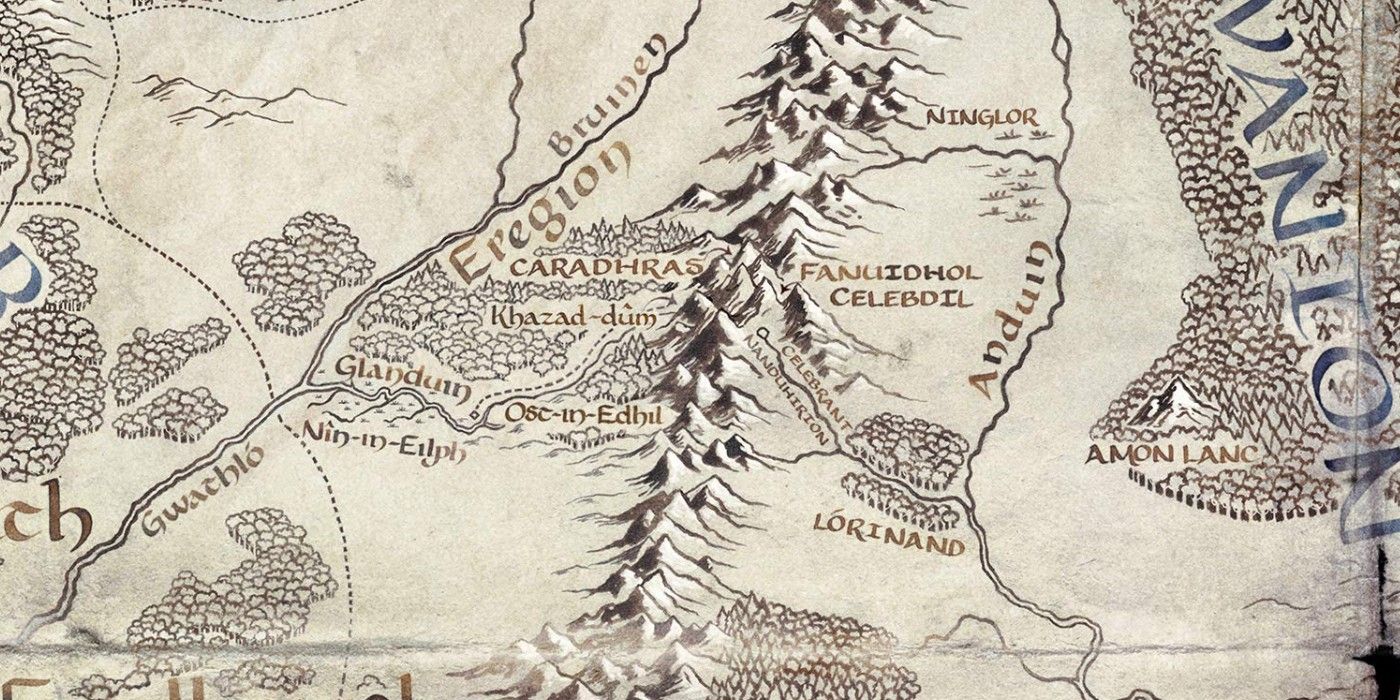
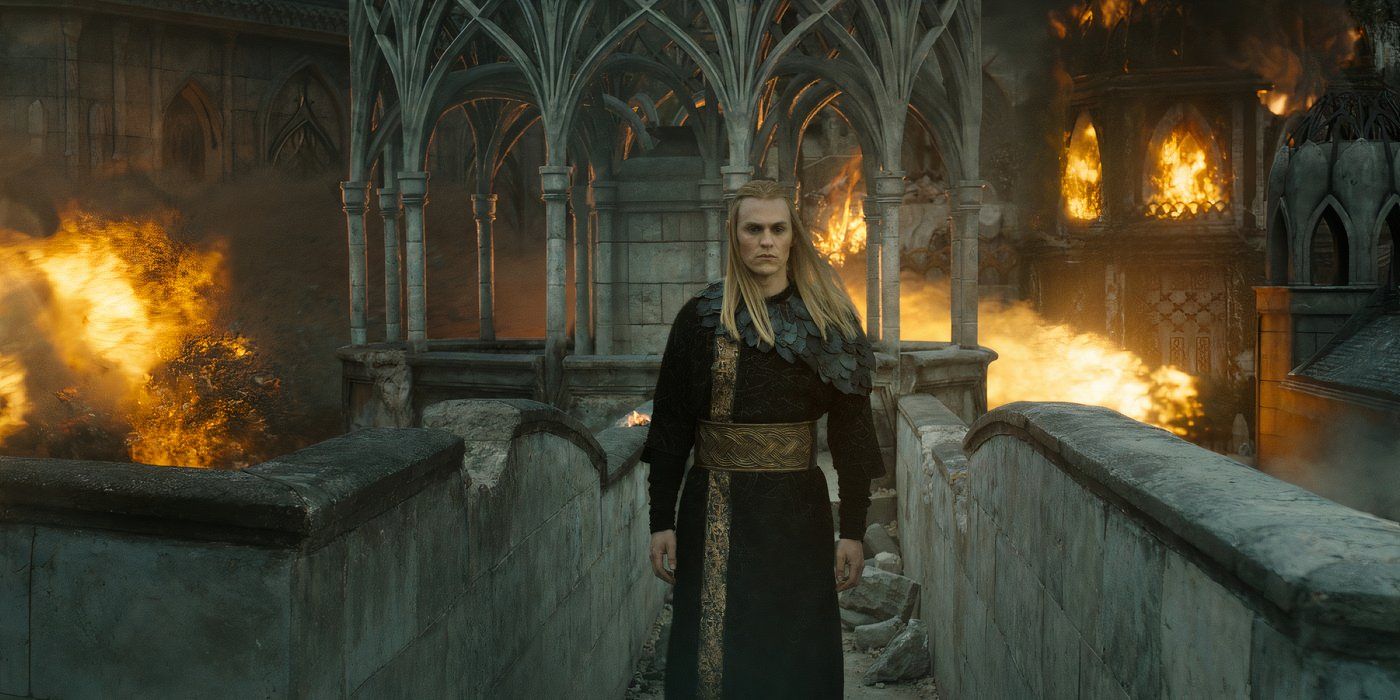
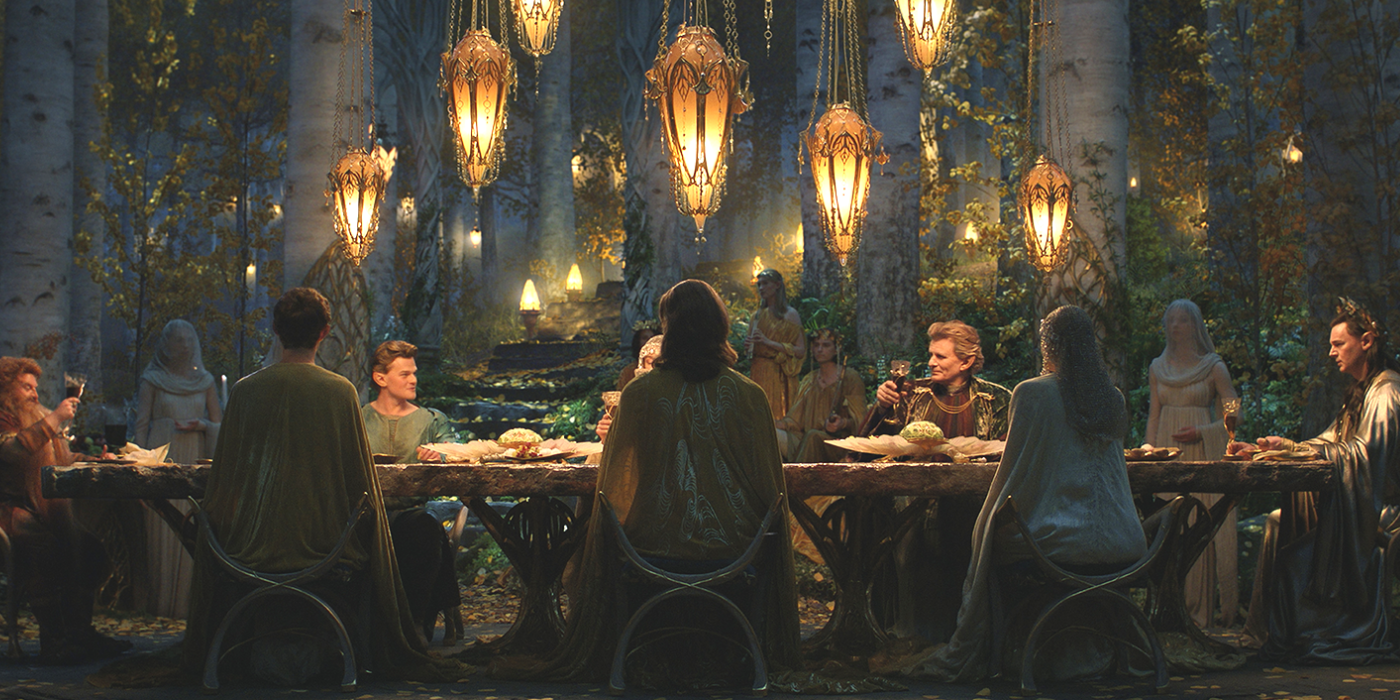



Head further east toward the Misty Mountains, and you’ll reach The Rings of Power‘s second major elven province, Eregion. At this point, Eregion is ruled by the renowned elven-smith Celebrimbor – he of forging the Rings of Power fame. Eregion is another prestigious realm in the mold of Lindon and Rivendell, but with one key difference: it no longer exists when The Lord of the Rings takes place. Eregion is destroyed by Sauron’s forces during the Second Age conflict between the Elves and the Enemy. In the ashes of Eregion, Rivendell was born.
Nearby Eregion in the body of the Misty Mountains is the cavernous dwarf settlement of Khazad-dûm — otherwise known as the Mines of Moria. Famous for its sizable role in the Fellowship of the Ring’s quest, Khazad-dûm is abandoned and broken when Frodo’s gang roll through it. In The Rings of Power, however, it’s a thriving, bustling society at its peak. Khazad-dûm certainly isn’t the only dwarven city in Second Age Middle-earth, with the hairy race frequenting mountainous regions across the land, but it’s the only one of narrative import.
The Enemy Lies North
Not In Mordor
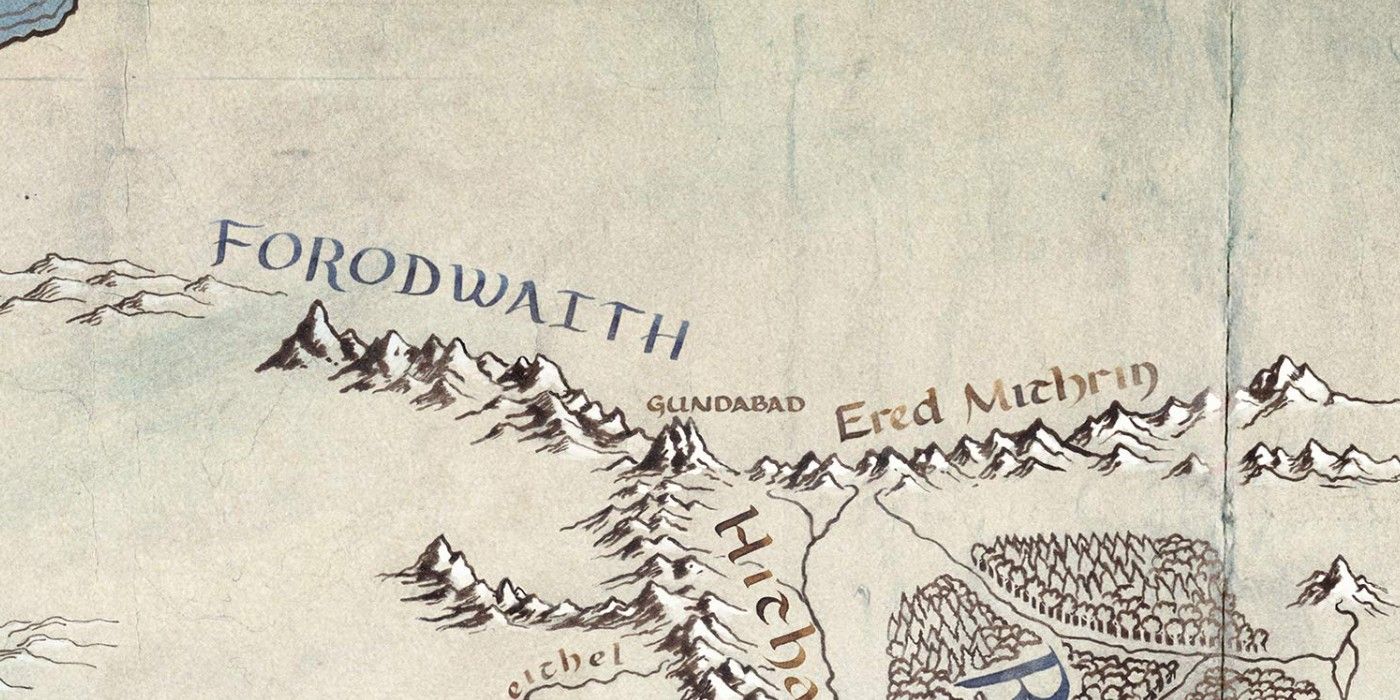
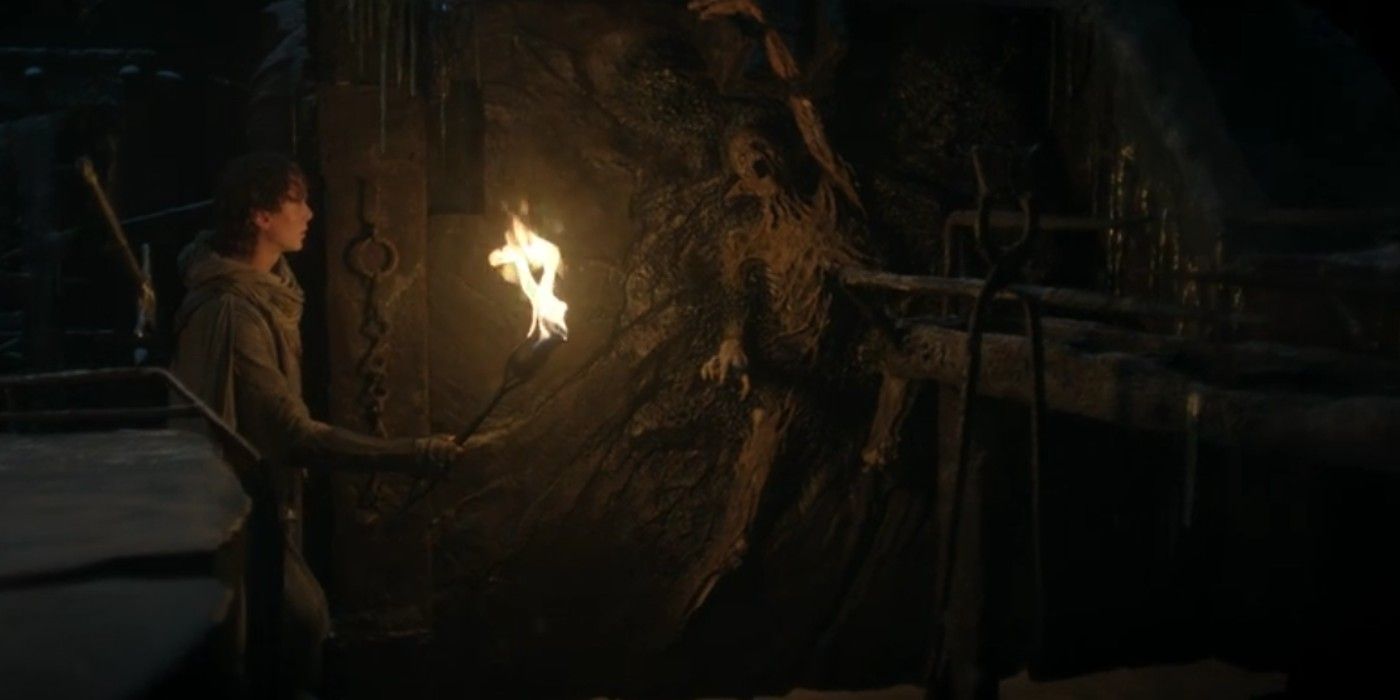
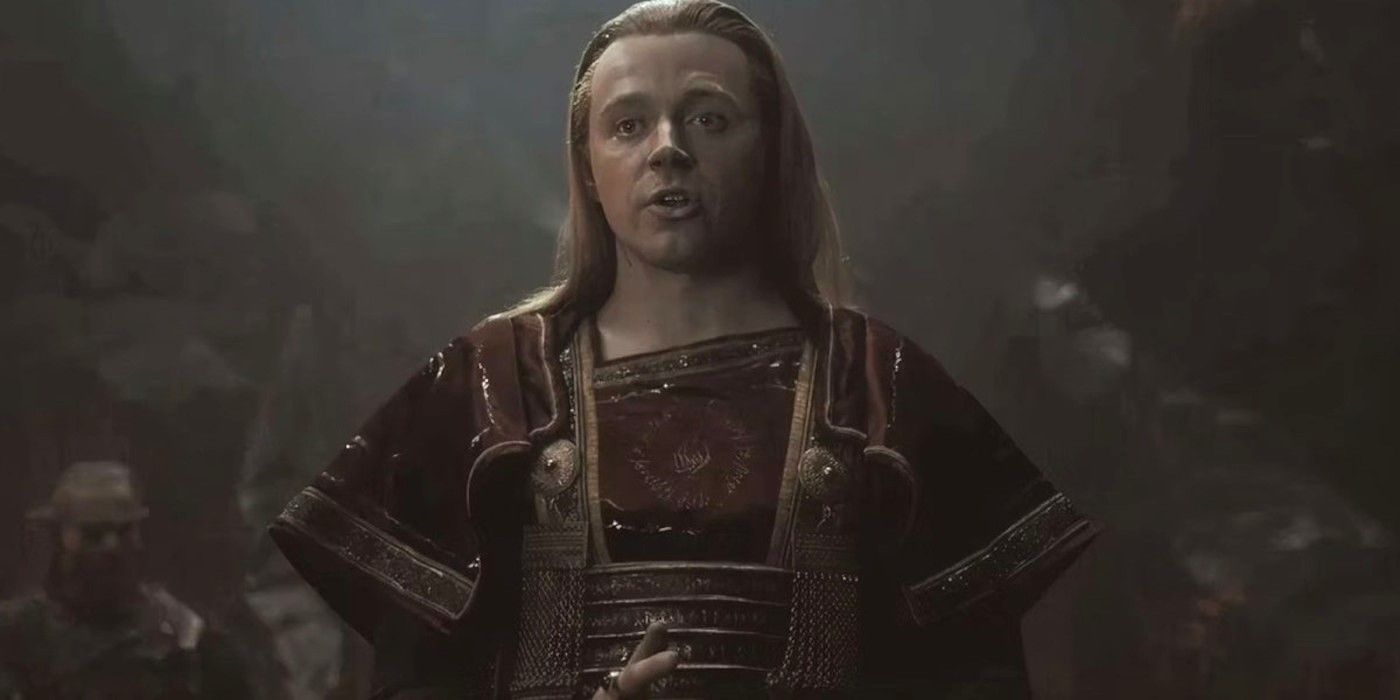



The Rings of Power begins in a time after Morgoth has been defeated, but before Sauron has assumed his master’s place as Middle-earth’s big bad. Thanks to The Lord of the Rings, most viewers will associate evil with the south and Mordor, but Sauron’s stronghold hasn’t yet been constructed in Amazon’s timeline.
Areas such as Forodwaith linger on as frozen wastelands still carrying the memories of evil
Instead of southward, cautious eyes will be watching for trouble from the north. Morgoth’s strongholds of Utumno and Angband were both located in the icy northern reaches of Middle-earth among the Iron Mountains. Though these evil cold spots would’ve been vanquished by the time The Rings of Power starts, areas such as Forodwaith linger on as frozen wastelands still carrying the memories of evil.
Rhovanion (The Hobbit’s Setting) Is Very Different
Where The Rings of Power’s Harfoot Action Begins
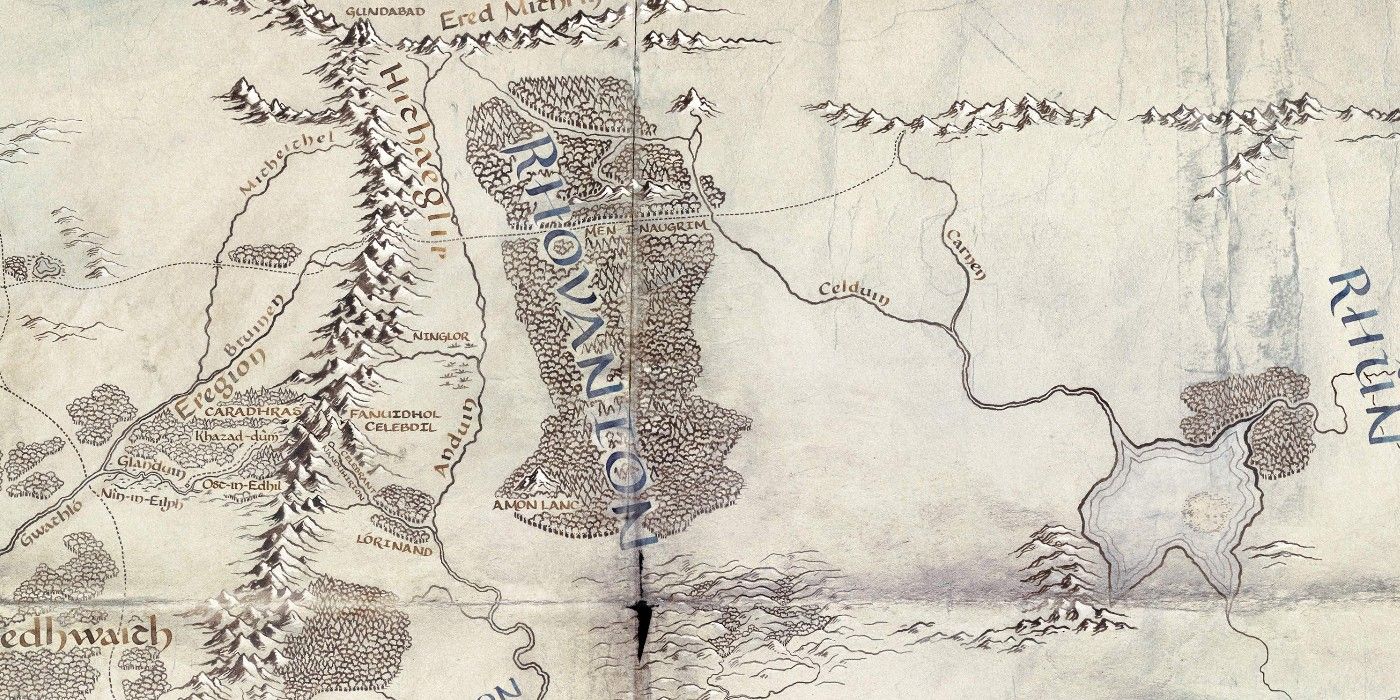
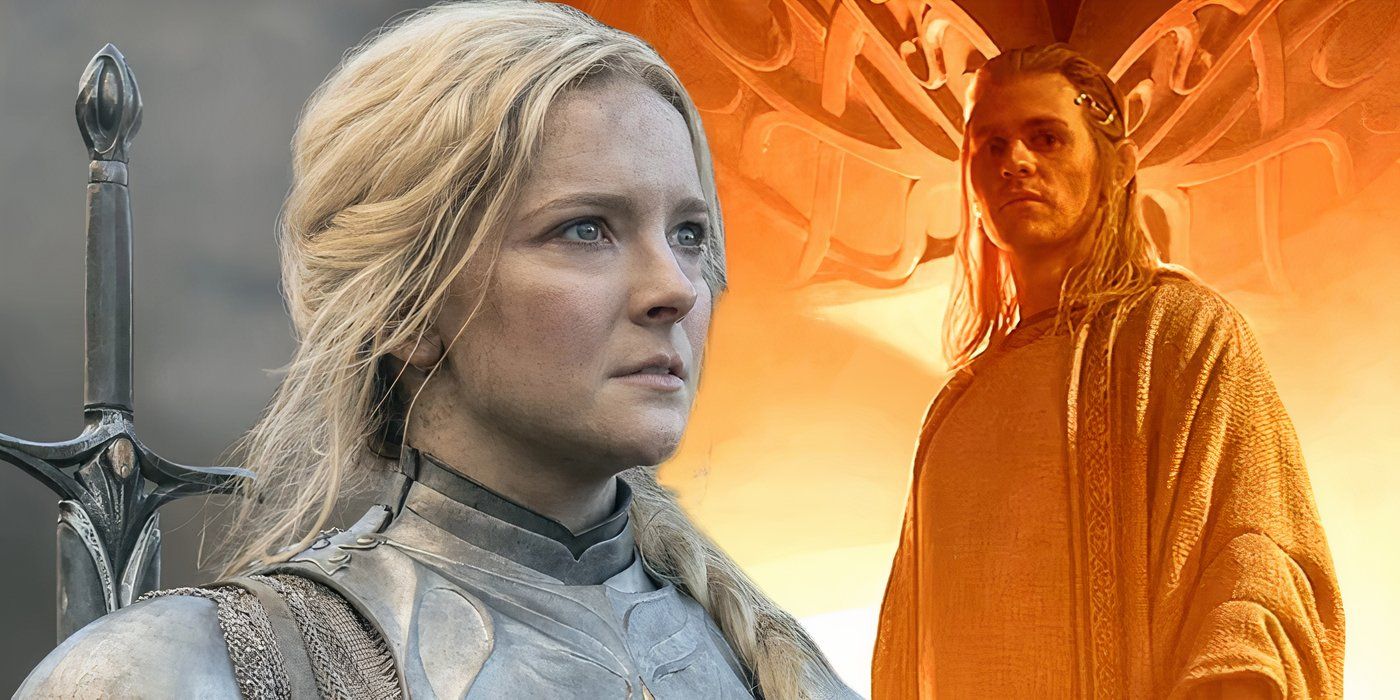
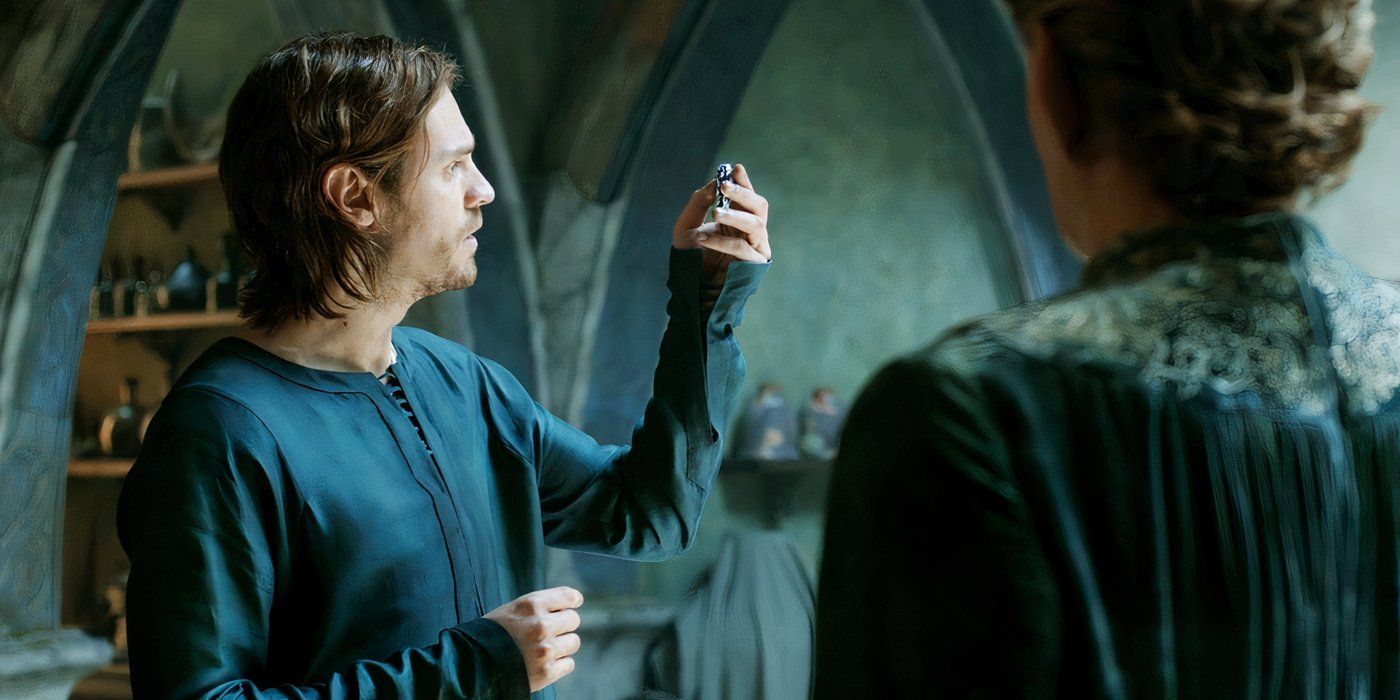



Much like Eriador, the region of Rhovanion plays a more significant role in the Third Age than the Second, but many of its famous locations still existed, albeit under different names. To the immediate east of the Misty Mountains is the elvish-land of Lórinand, which later becomes Galadriel’s realm of Lothlórien. Clearly, The Rings of Power‘s Galadriel has no time for such tasks.
Further east still lies the giant forest that’ll eventually be known as Mirkwood, but doesn’t yet carry that name in The Rings of Power because it isn’t yet murky. Finally, although The Hobbit‘s mountain of Erebor stands lonely as ever, the Dwarves haven’t yet set up their mining operation there. According to J.R.R. Tolkien’s notes on Hobbits, early breeds such as Harfoots migrated west across the Misty Mountains before they settled permanently in the Shire. Rhovanion is where The Rings of Power‘s Harfoot action begins, and it’s an incredibly different land from the Shire that Frodo and the Harfoot’s other hobbit ancestors reside in.
Gondor & Rohan Aren’t Yet Founded
The Two Key Human Kingdoms In LotR Don’t Exist Yet
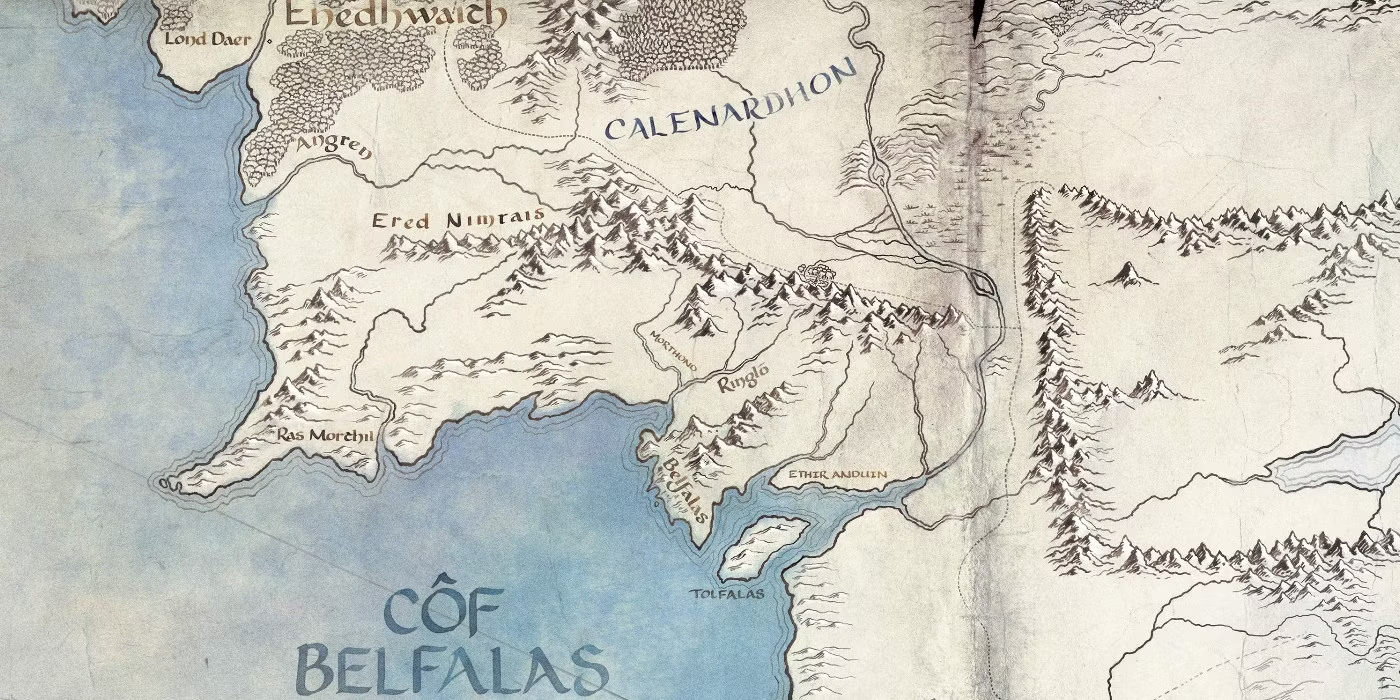
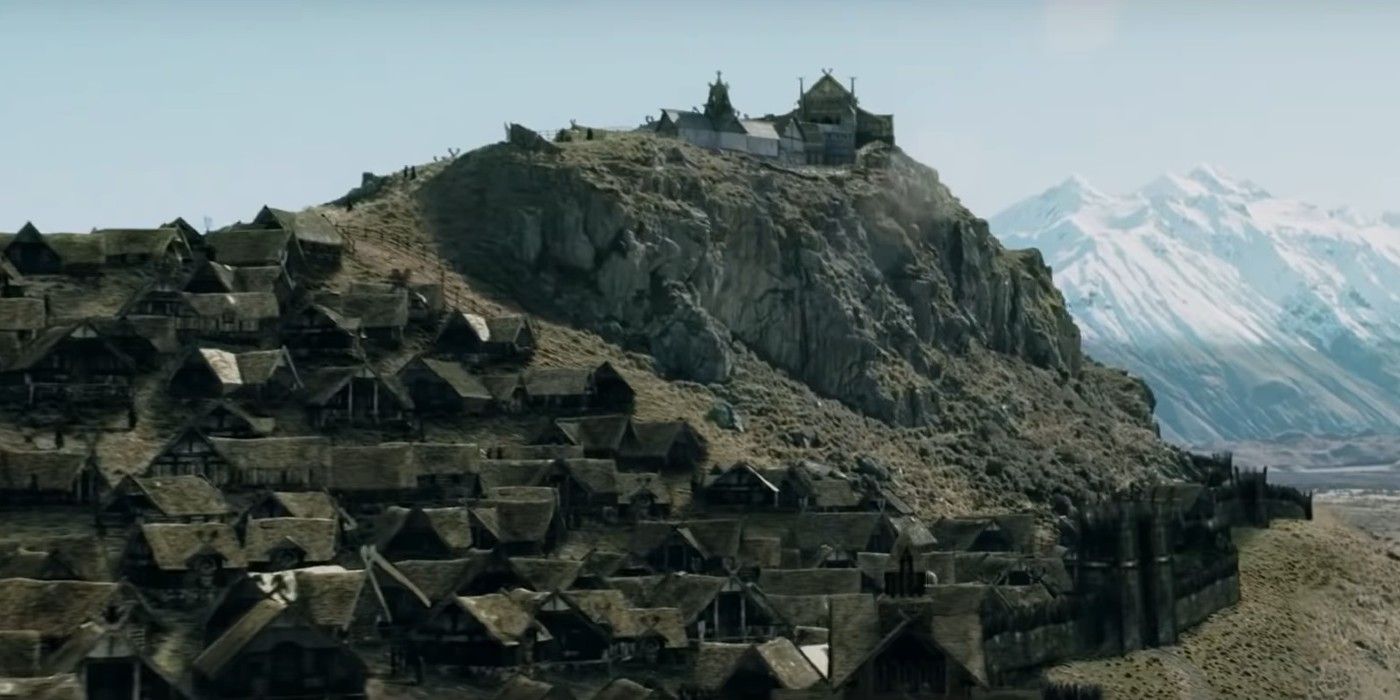
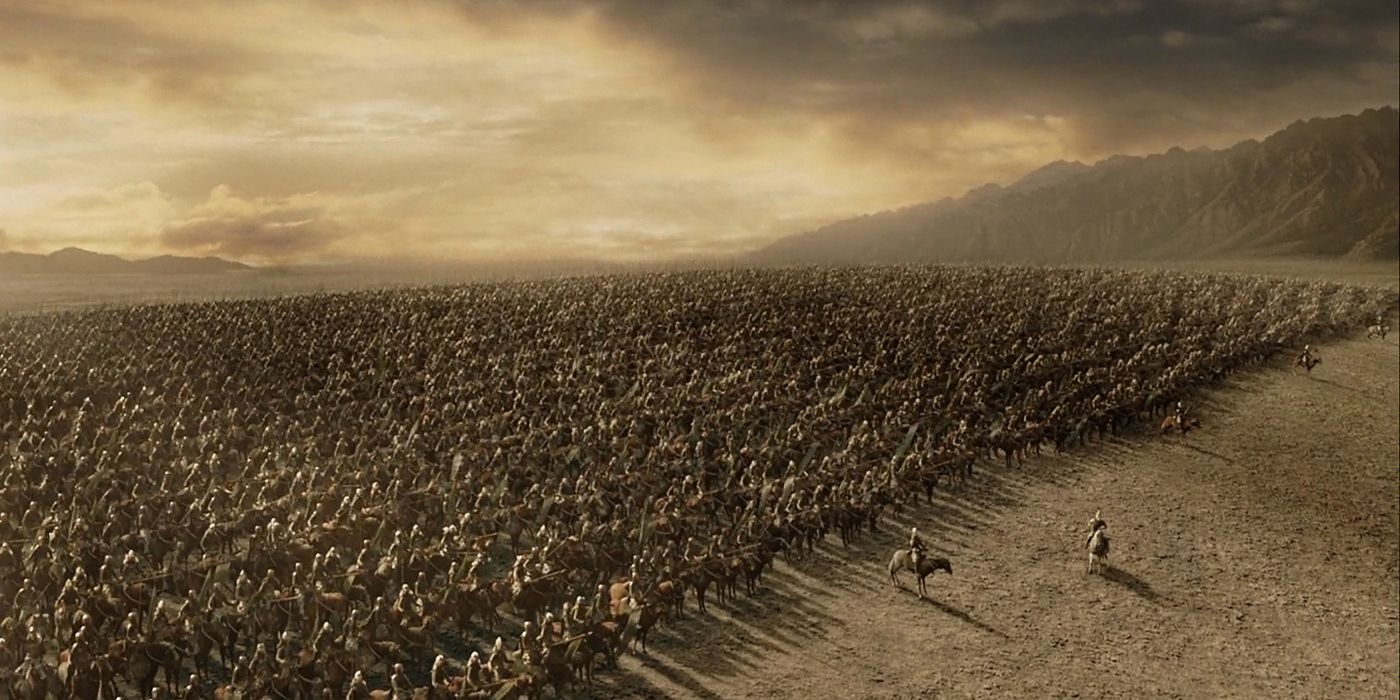



South of Rhovanion, you’d typically find the gloriously golden plains of Rohan, made famous by The Two Towers, before eventually coming across Middle-earth’s capital of Men, Gondor, which features prominently in The Return of the King. Neither exists in any recognizable form when The Rings of Power begins. The pre-Rohan area is known as Calenardhon, and bears precious little resemblance to Théoden’s Scandinavia-tinged kingdom from The Lord of the Rings.
Gondor does exist as a settlement of Men during Tolkien’s Second Age, but it’s far from the impressive kingdom Aragorn will later inherit after Sauron’s defeat. Minas Tirith isn’t yet constructed, and no rightful king reigns until Isildur relocates to Middle-earth from Númenor and turns Gondor into a true force.
Mordor Is The Southlands
Sauron’s Shadowy Stronghold
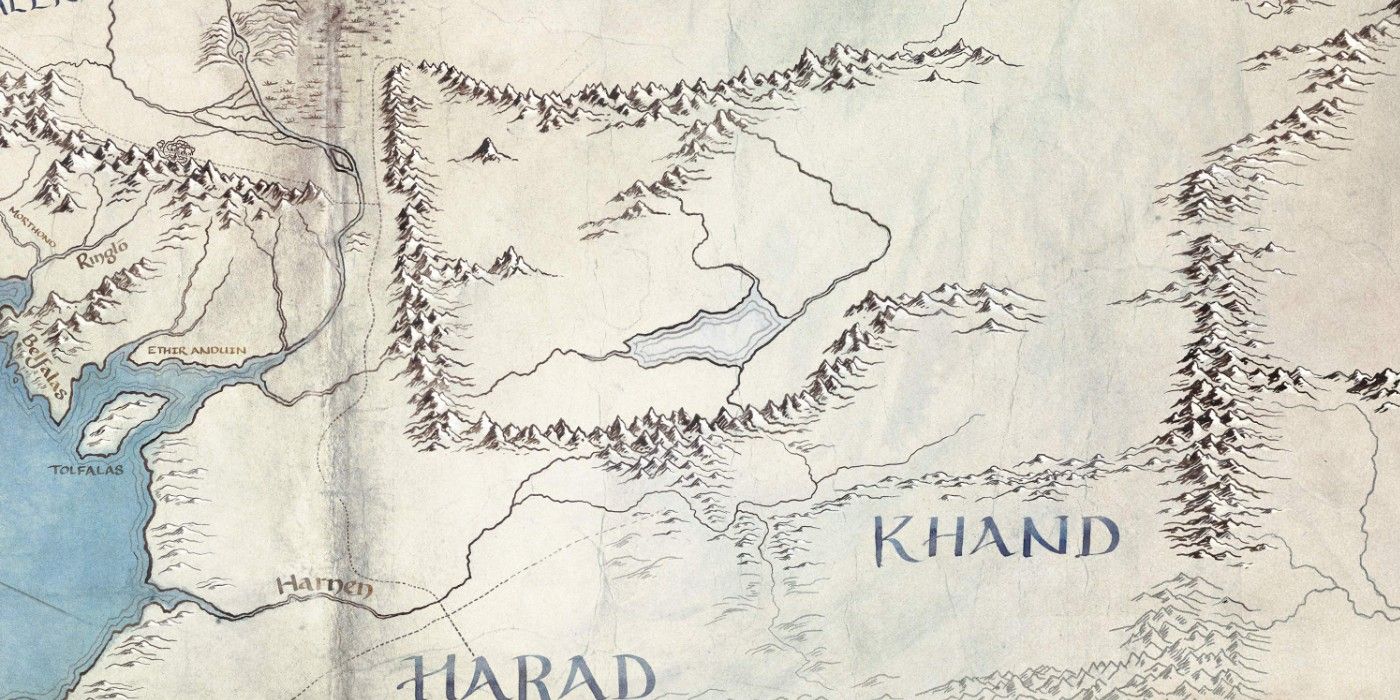
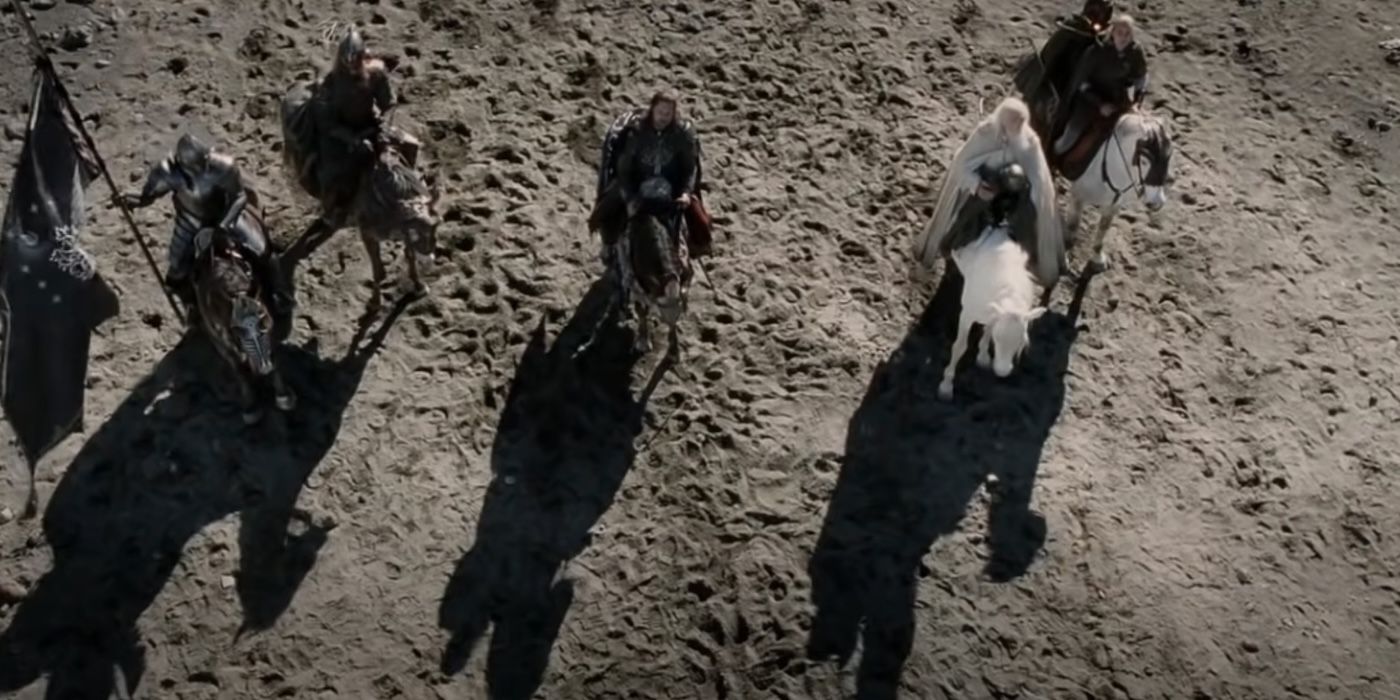
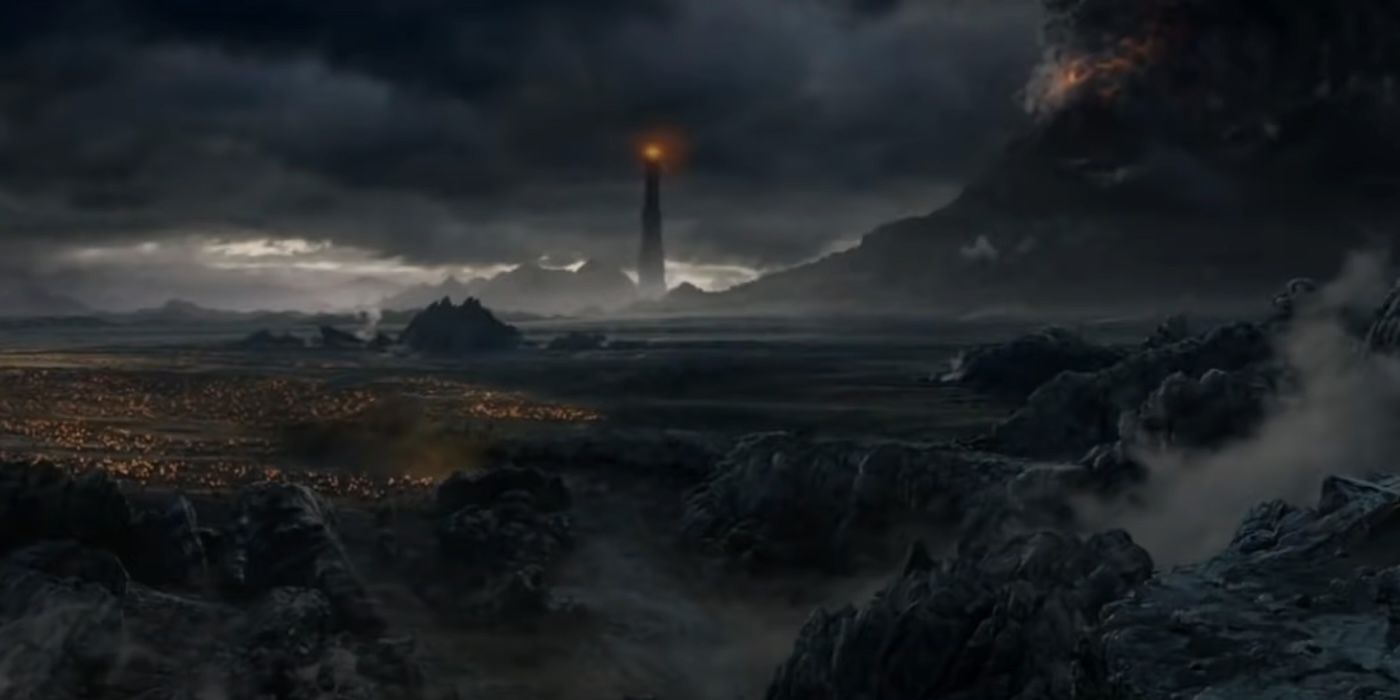



Mordor is famous as Sauron’s shadowy stronghold in The Lord of the Rings — a barren, ruined land full of ash and fire, where only foul things grow. Little is known about the area before Sauron laid his spiky hat there, but The Rings of Power‘s marketing material introduces a Men-settled location called the Southlands.
However, as depicted in The Rings of Power, the Southlands are the region of Middle-earth that will eventually become Mordor. Amazon’s The Rings of Power is set just before the time Sauron made Mordor his HQ, and the Lord of the Rings prequel show gives viewers a glimpse of how the land looked before it became a desolate volcanic wasteland.
Remove Ads
How The Lord Of The Rings And Rings Of Power Maps Are Similar
The Basic Geography Of Middle-earth Remains Unaltered
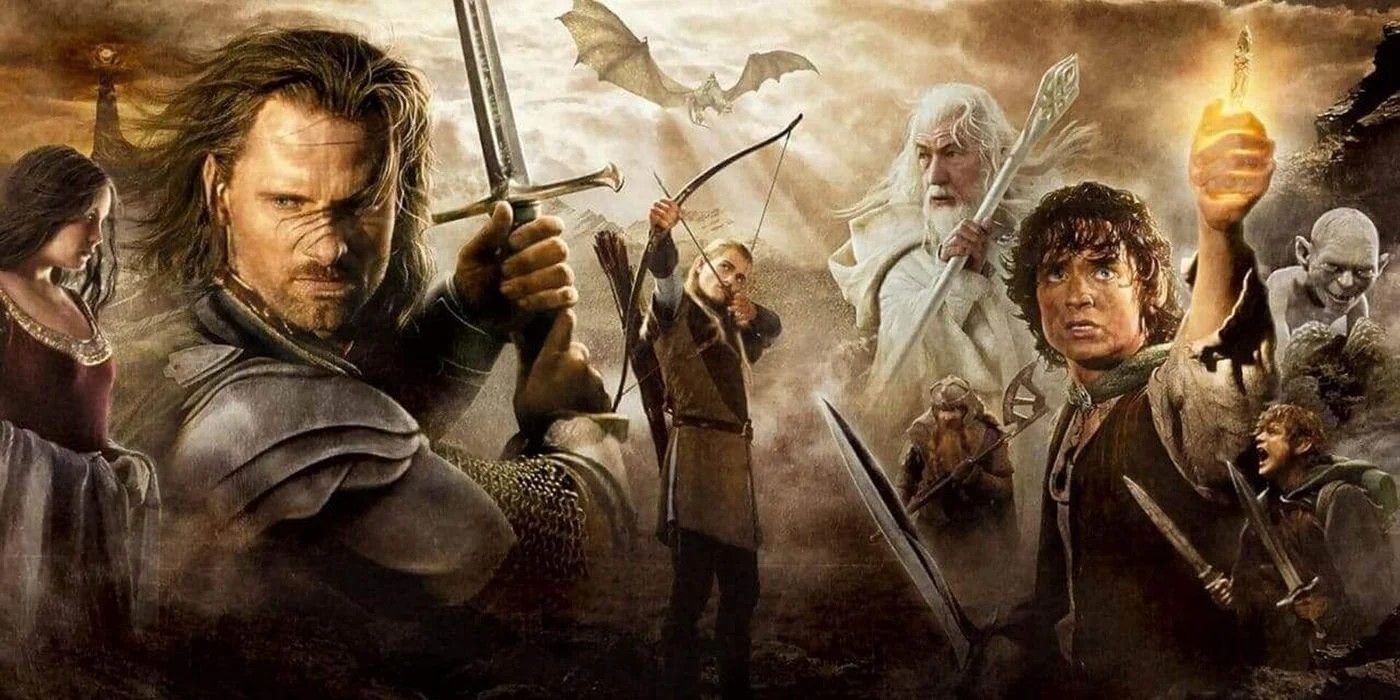
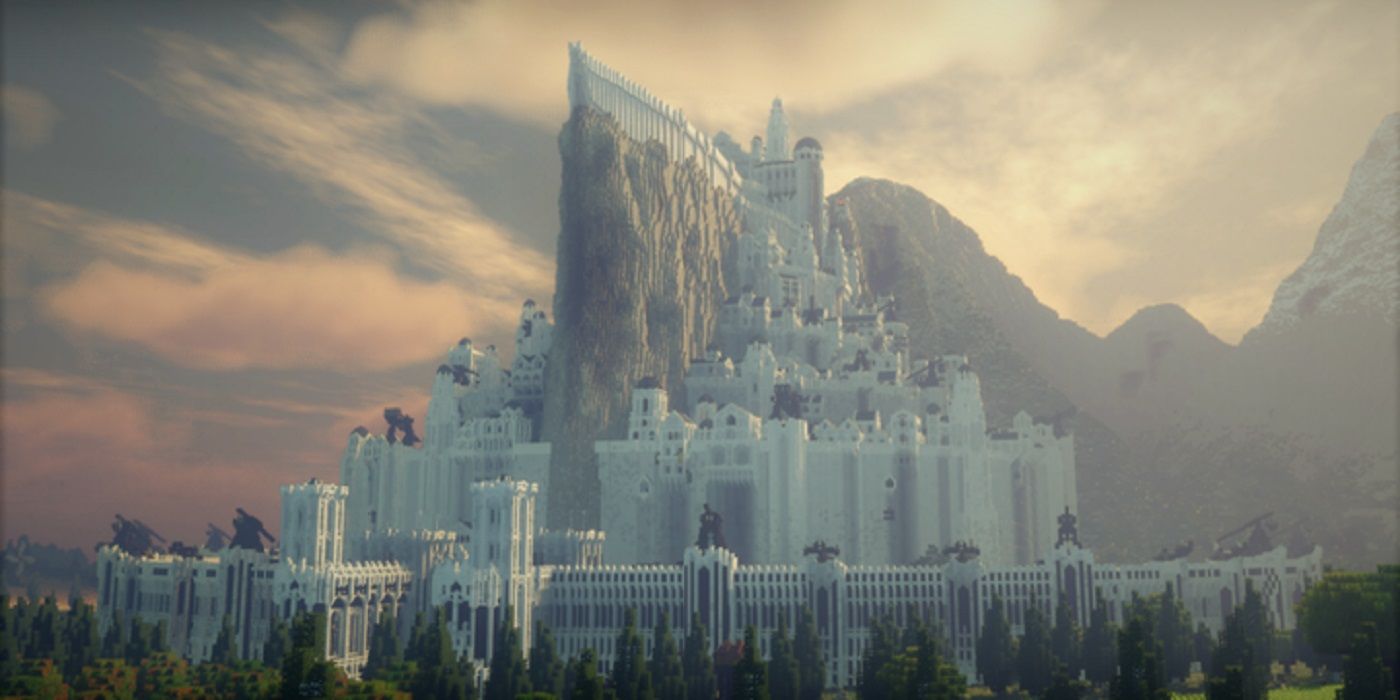
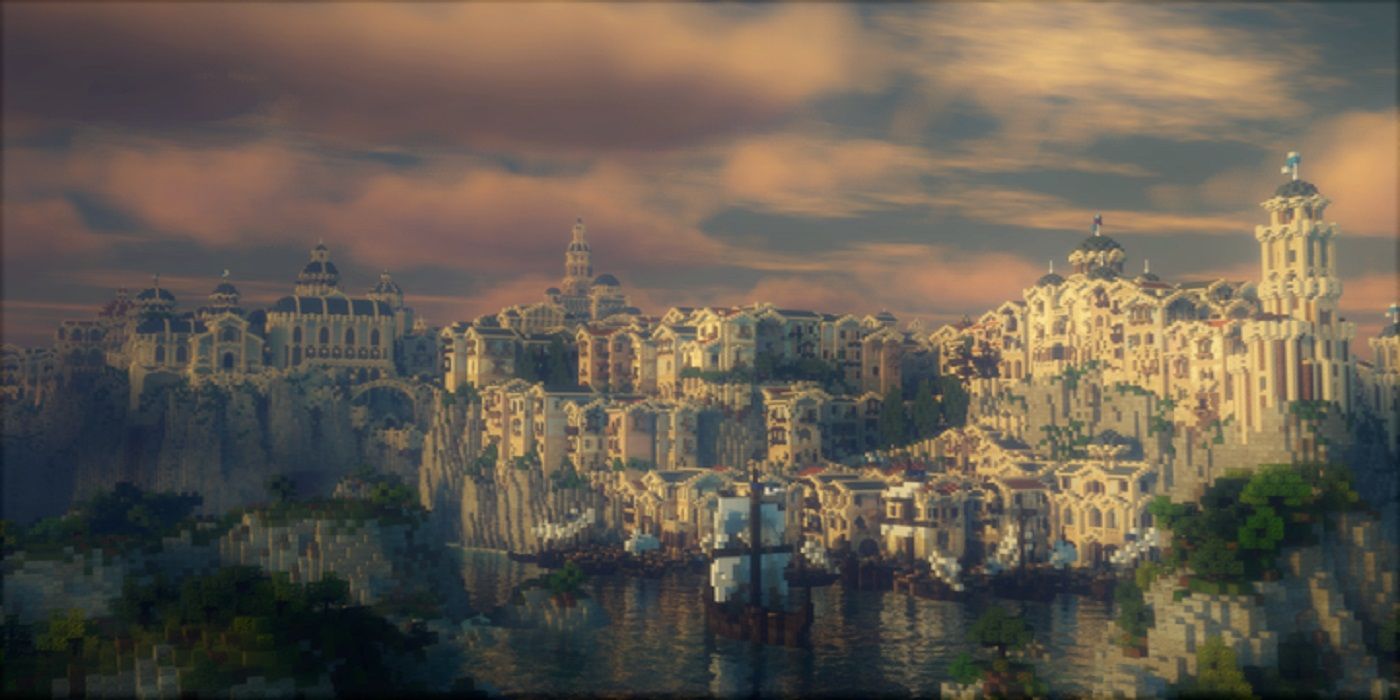



There are many differences when it comes to The Rings of Power map vs. LotR. However, there are also many similarities, and viewers familiar with the land seen in Peter Jackson’s The Lord of the Rings trilogy won’t be too disoriented by the Amazon prequel series. The Rings of Power makes many changes to the history of Middle-earth, but these creative liberties haven’t been extended to the geography.
Key geographical locations are in the same location in The Rings of Power as they are in Lord of the Rings. Valinor remains in the West, Mount Doom remains to the east of the lands that will become Gondor and Rohan, and the Dwarven city of Khazad-dûm is still beneath the Misty Mountains. The key difference between The Rings of Power and Lord of the Rings when it comes to the geography is the island of Númenor.
Númenor doesn’t appear on any Middle-earth map from The Lord of the Rings, but there is a simple reason. By the Third Age, the island of Númenor no longer exists. The downfall of Númenor is a key event to come in future seasons of The Rings of Power from J.R.R. Tolkien’s Lord of the Rings timeline. It will culminate in Númenor sinking beneath the sea, which is why it’s not shown on any maps seen in The Lord of the Rings movies.
Why The Maps In The Lord Of The Rings And The Rings Of Power Are Different
Thousands Of Years Have Passed Between LotR And The Prequel
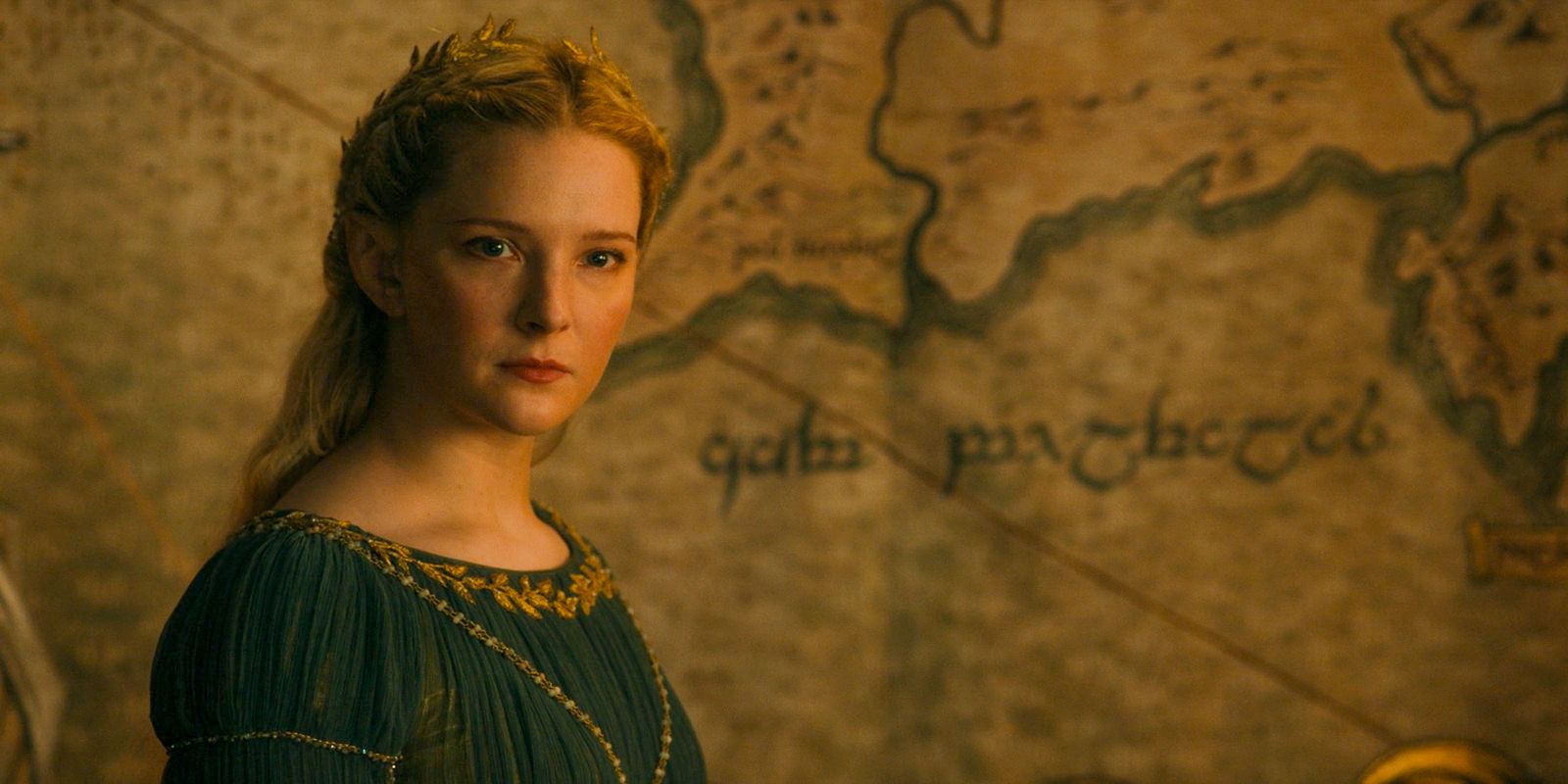
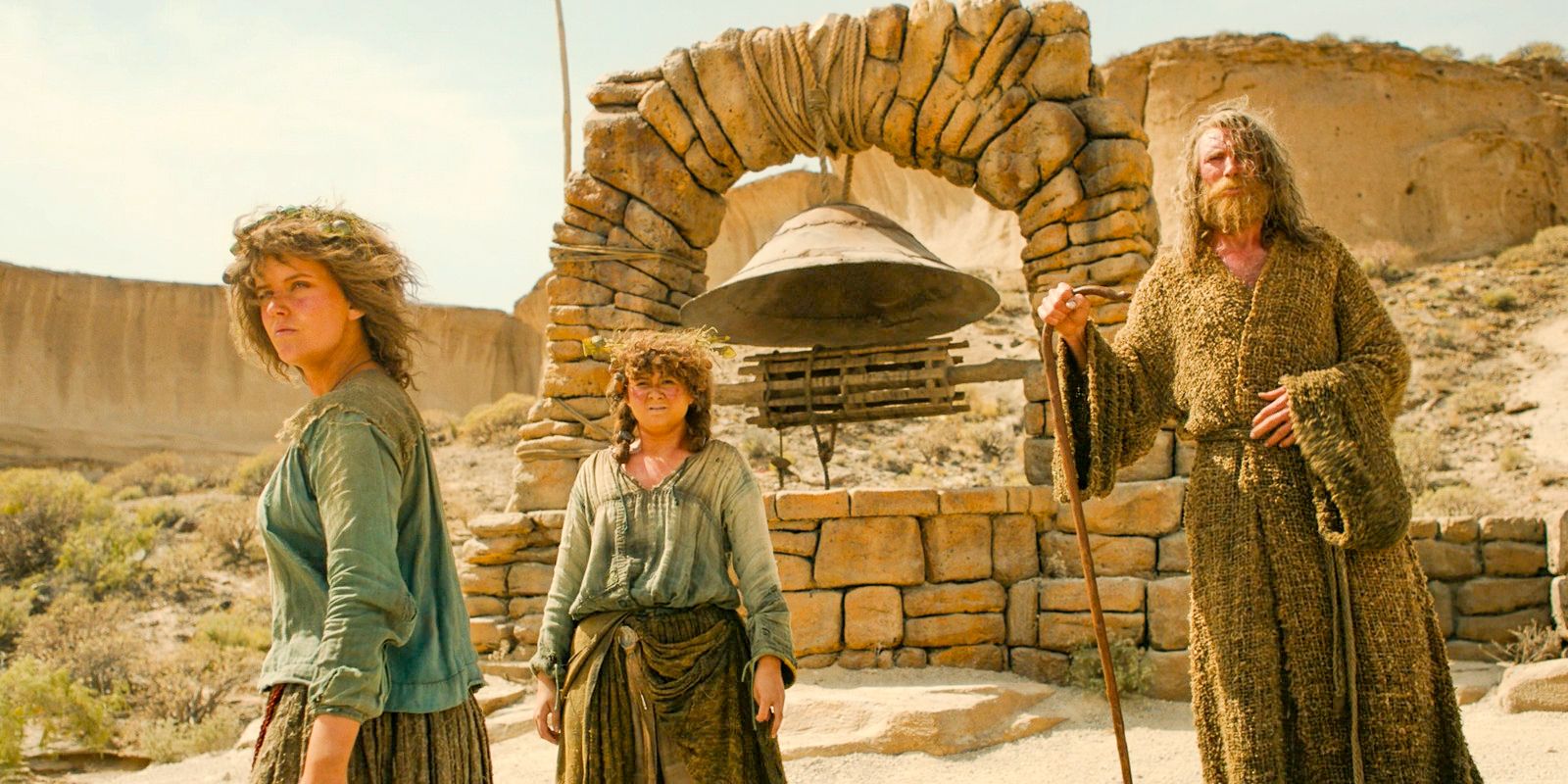
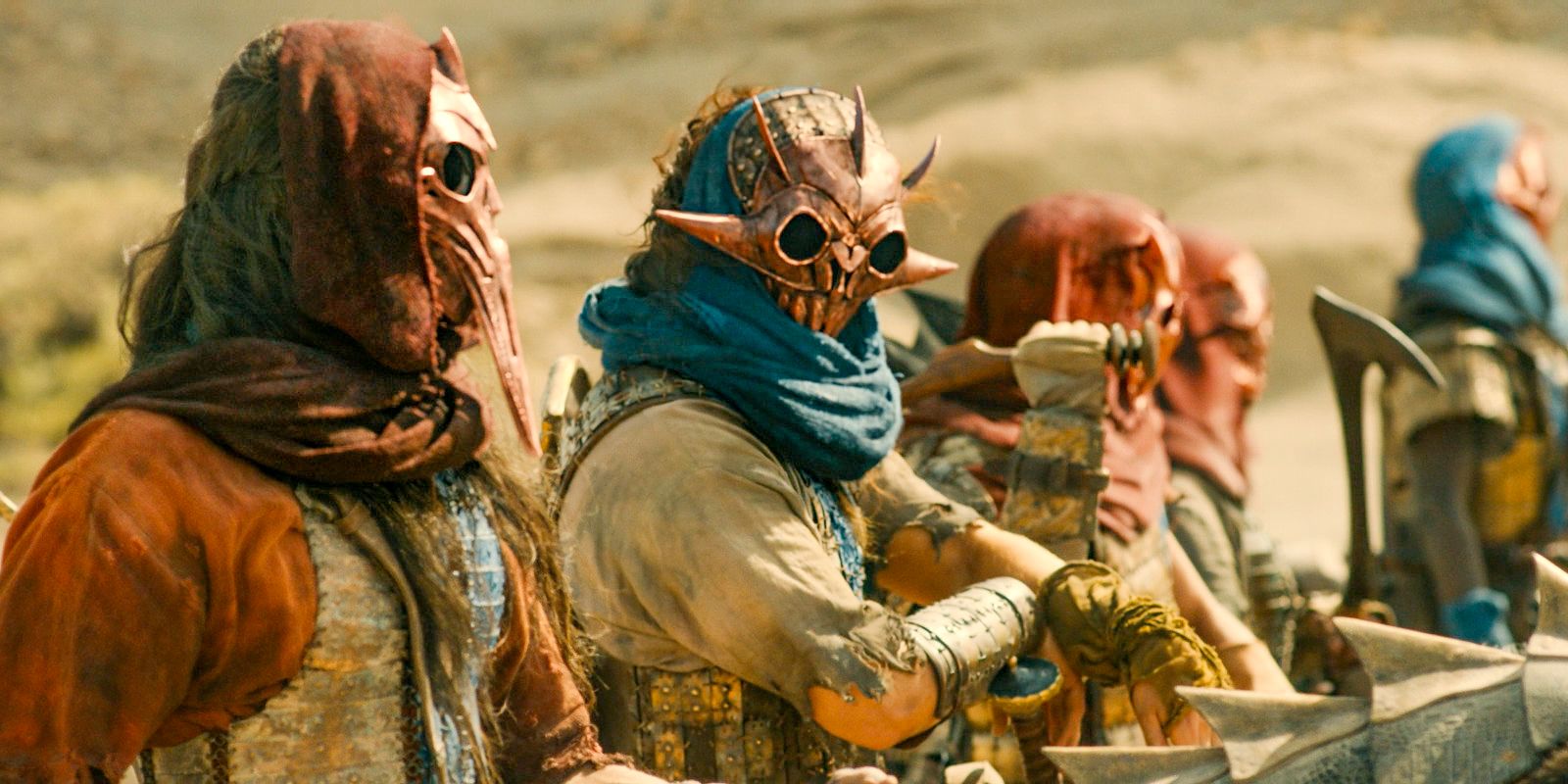
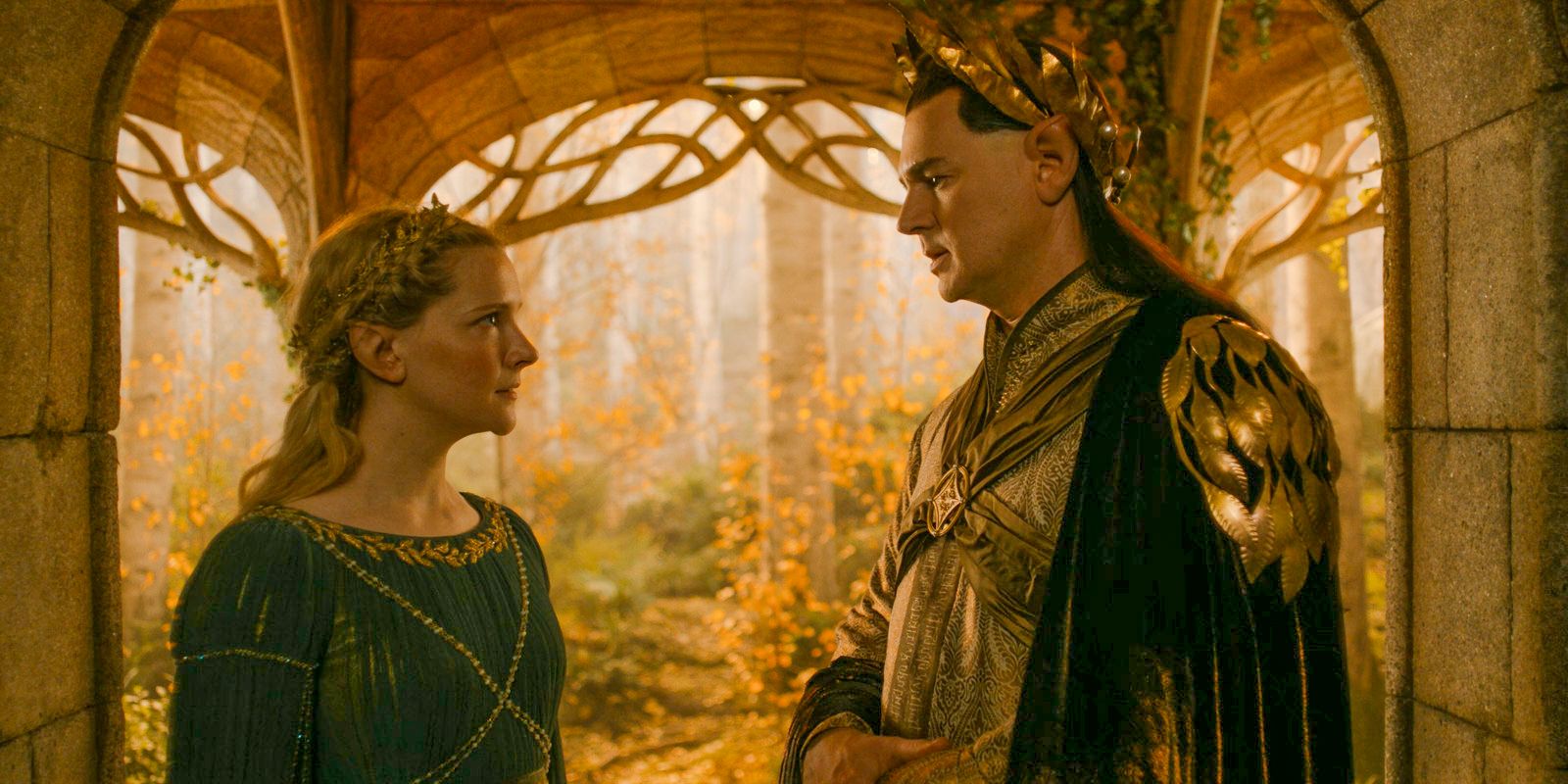
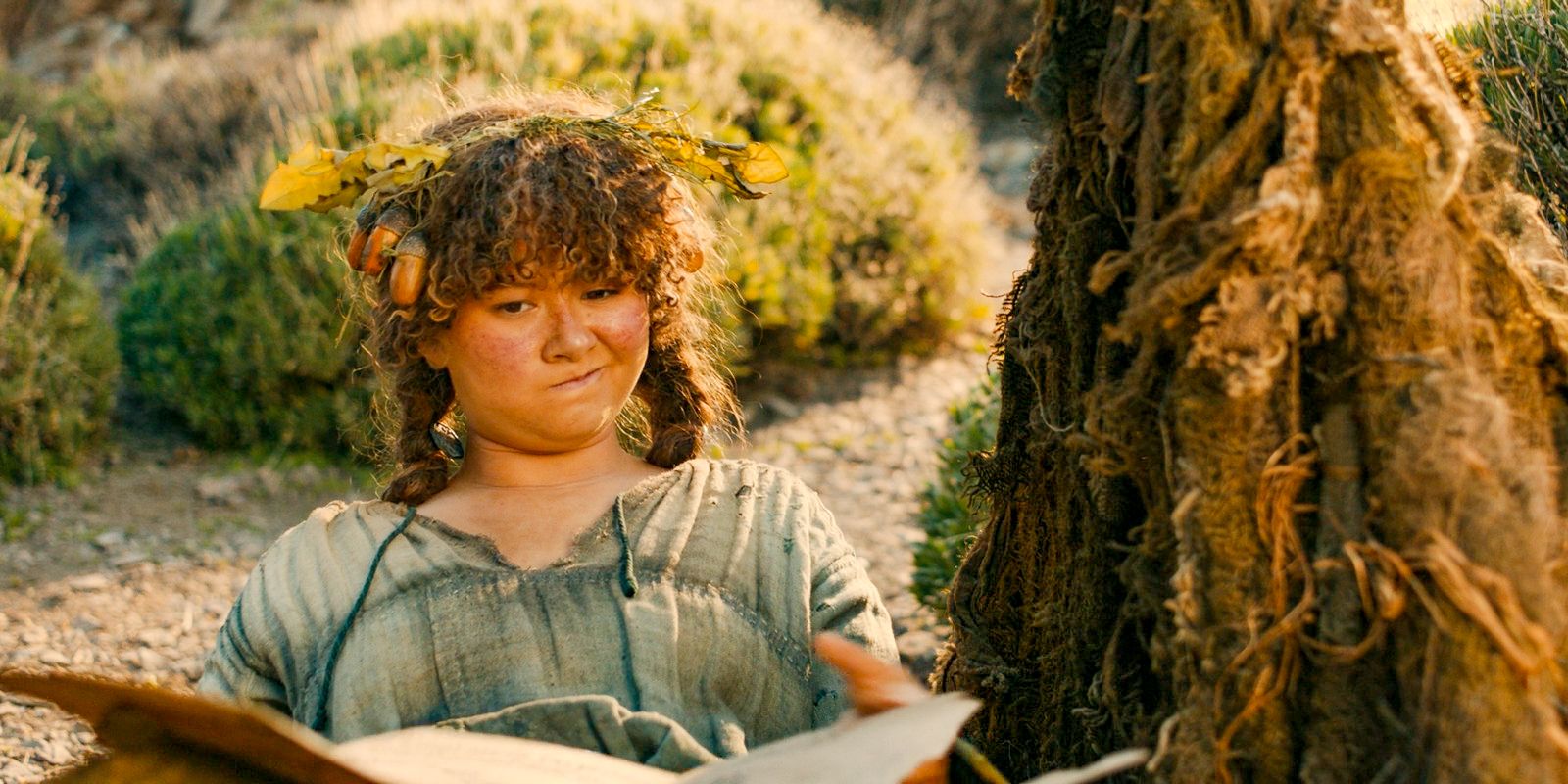





There’s a simple reason that there are so many differences in the named locations when comparing The Rings of Power map vs. Lord of the Rings — the passage of time. Due to Lord of the Rings characters like Galadriel and Elrond appearing in The Rings of Power, it’s easy to forget just how many years pass between LotR and the prequel show. To put matters in context, if the aforementioned elves existed on Earth in the present day at the point of their lives seen in Lord of the Rings, then they’d be living in Ancient Rome (or even earlier) when they were the age they were in The Rings of Power.
To the elves, the establishment of Minas Tirith was a relatively recent development that occurred in what they’d consider the latter halves of their lifetime.
Several millenia pass between The Rings of Power and The Lord of the Rings. This is the key reason that so many noteworthy LotR locations like Gondor, Rohan, the Shire, and even Mordor aren’t on The Rings of Power map. Gondor may have been an ancient and established kingdom during Lord of the Rings, but this is from the perspective of humanity. To the elves, the establishment of Minas Tirith was a relatively recent development that occurred in what they’d consider the latter half of their lifetime.
What The Differences In The Rings Of Power And LotR Maps Mean
Changes When Comparing The Rings Of Power Map Vs. LotR Aren’t As Significant As They First Appear
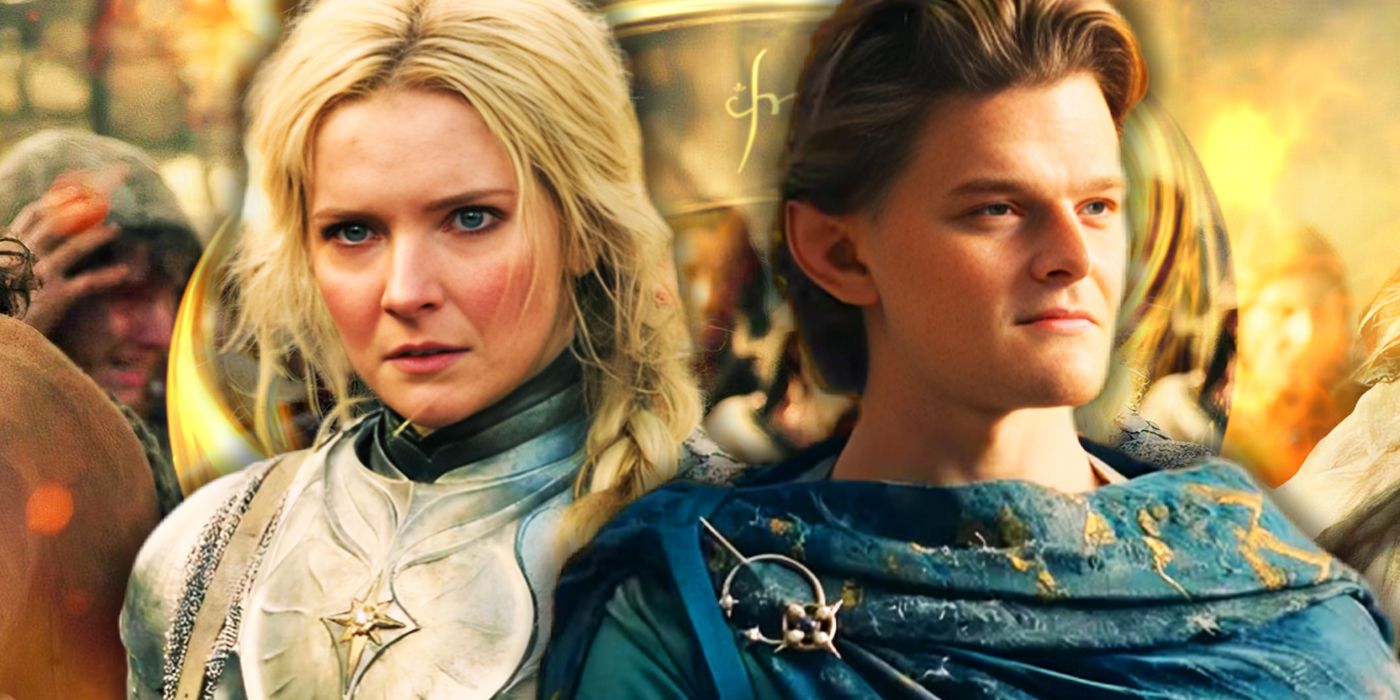
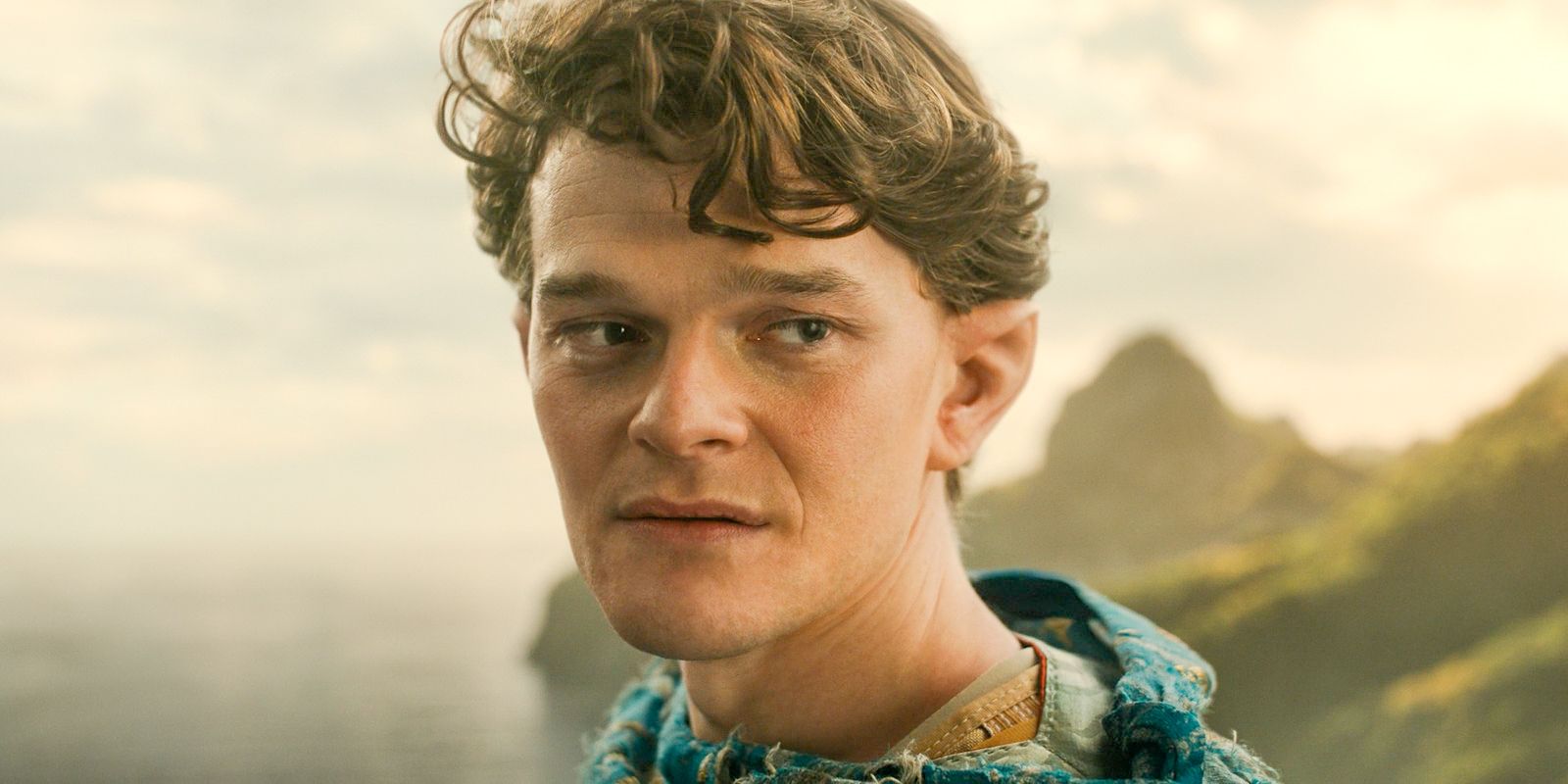
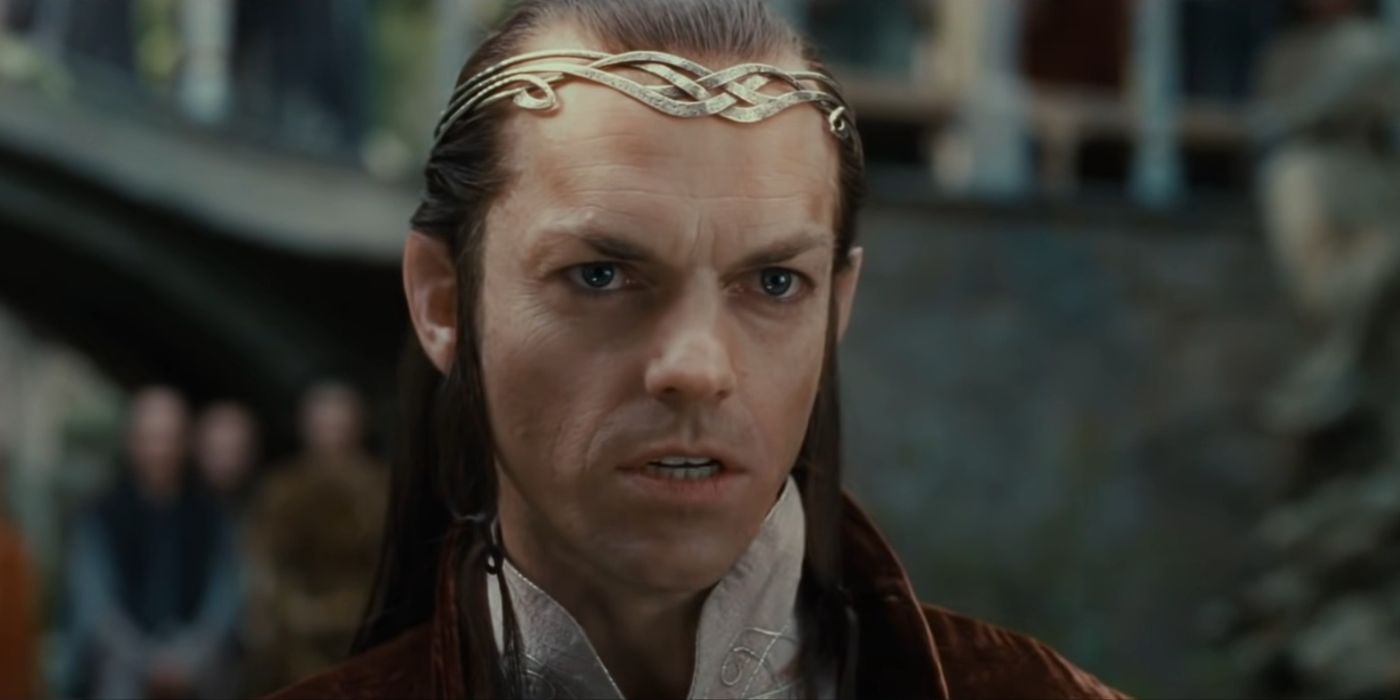
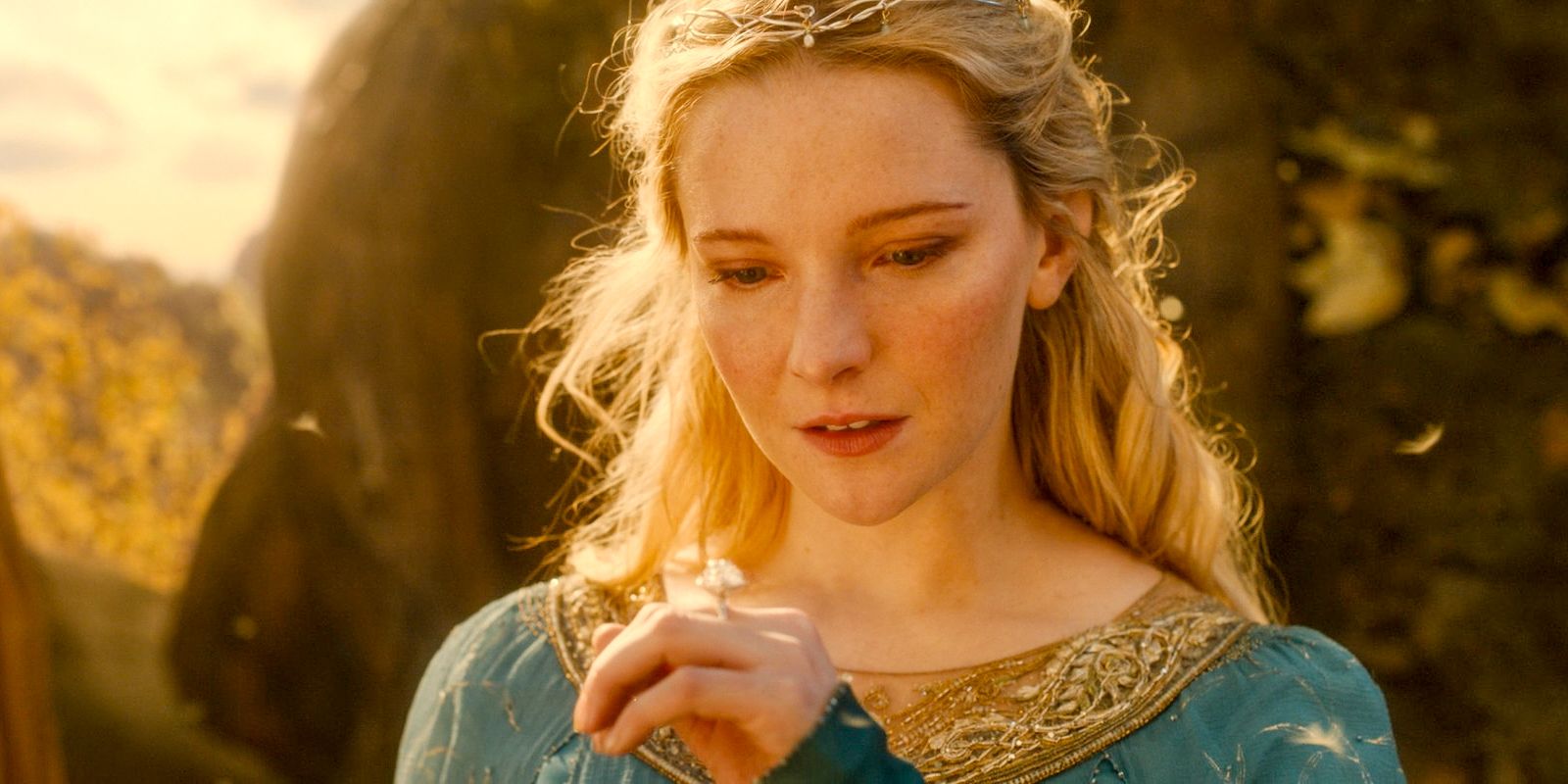
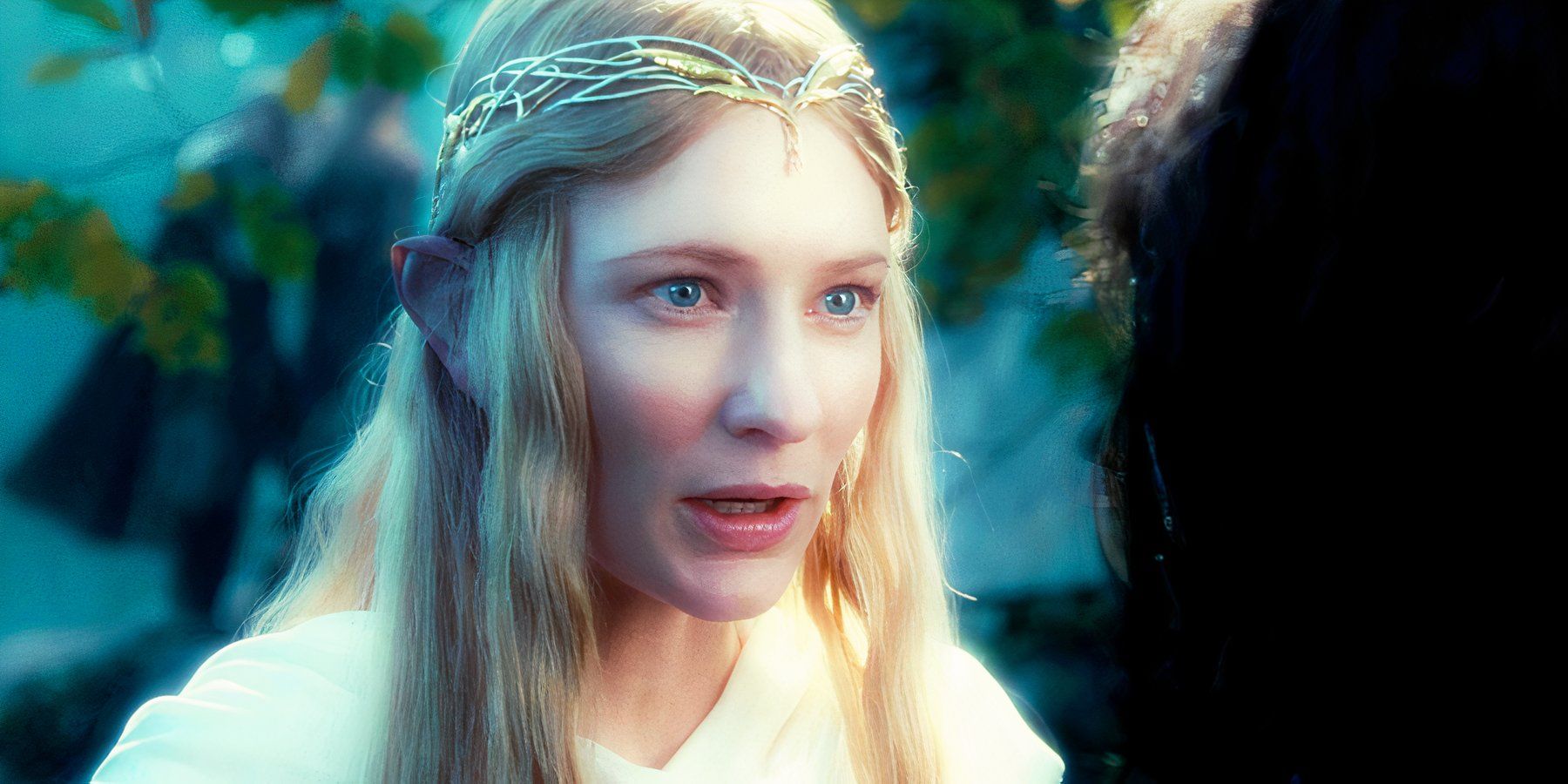





There have been many controversial changes to J.R.R Tolkien’s established Middle-earth history in The Rings of Power. However, when it comes to the differences between Amazon’s Middle-earth map and Peter Jackson’s for The Lord of the Rings trilogy, the disparities aren’t as significant or controversial as may first appear. These changes simply show the passage of time, and illustrate just how different Middle-earth was in the Second and Third ages.
The Ages of Middle-earth represent periods of time divided by significant events that drastically changed the realm. The defeat of Sauron marked the point that the elves declared the Second Age over, and Frodo’s destruction of the One Ring was the same for the Third. However, literally thousands of years pass in each individual age. Considering that the map of Middle-earth in the Third Age mostly contains locations inhabited by men, who are incredibly short-lived in comparison to the likes of Elrond and Galadriel, the vast difference in named locations makes complete sense.
As for Mordor, the creation of the blighted realm of Sauron is a key plot point in The Rings of Power, which is why it doesn’t yet exist on the map for Amazon’s series. This is also in keeping with Tolkien’s established canon. Ultimately, there are many reasons that hardcore Tolkien and Lord of the Rings fans can be critical of the changes made by Amazon for The Rings of Power, but the map of Middle-earth created for the show doesn’t really factor into the creative liberties taken by the streaming service.




